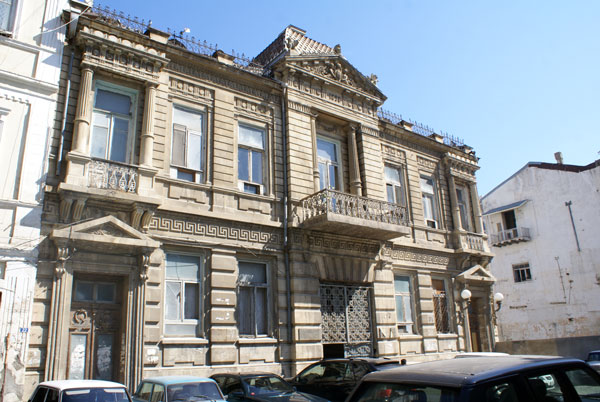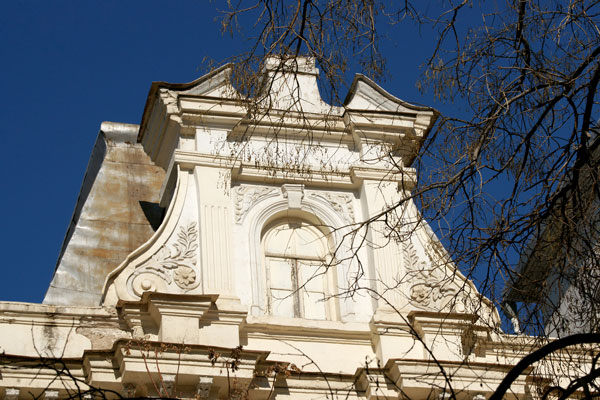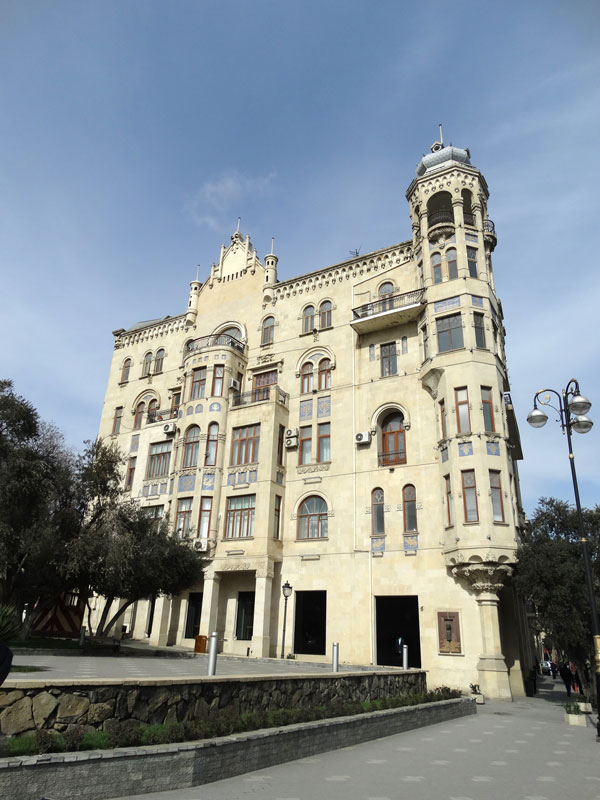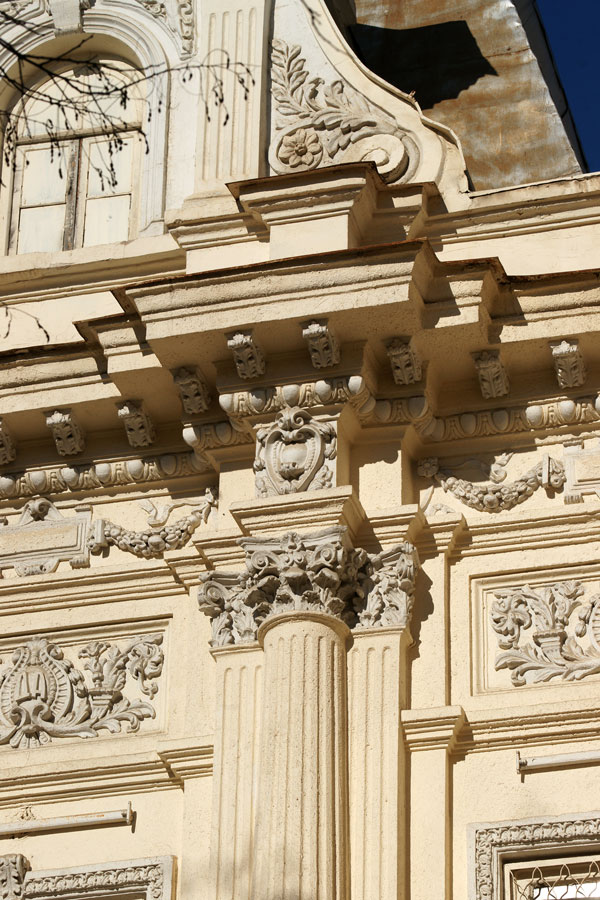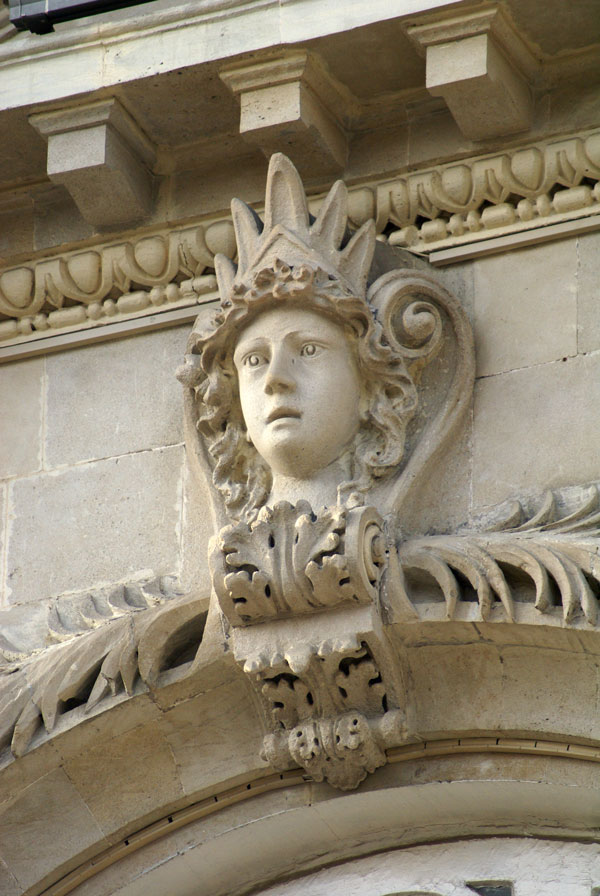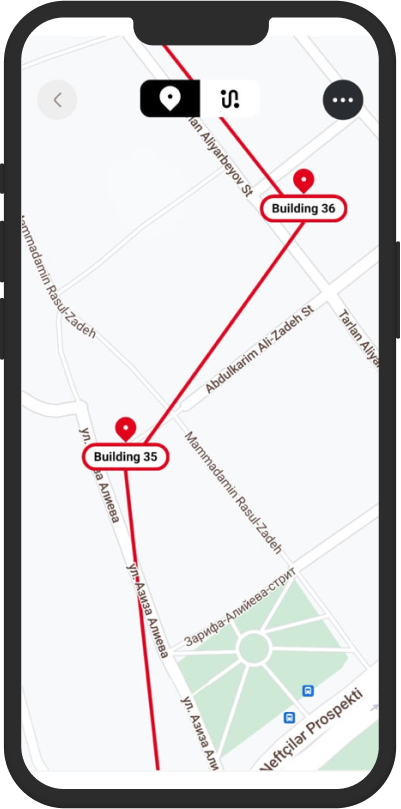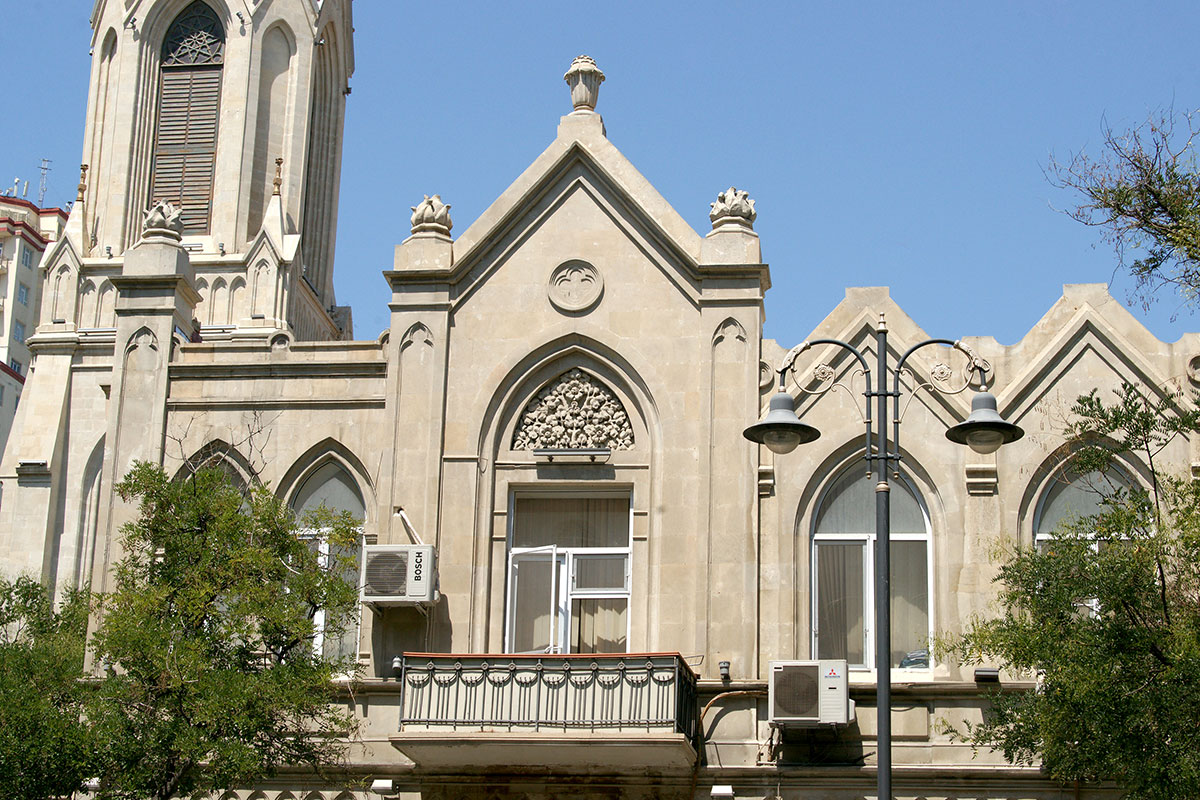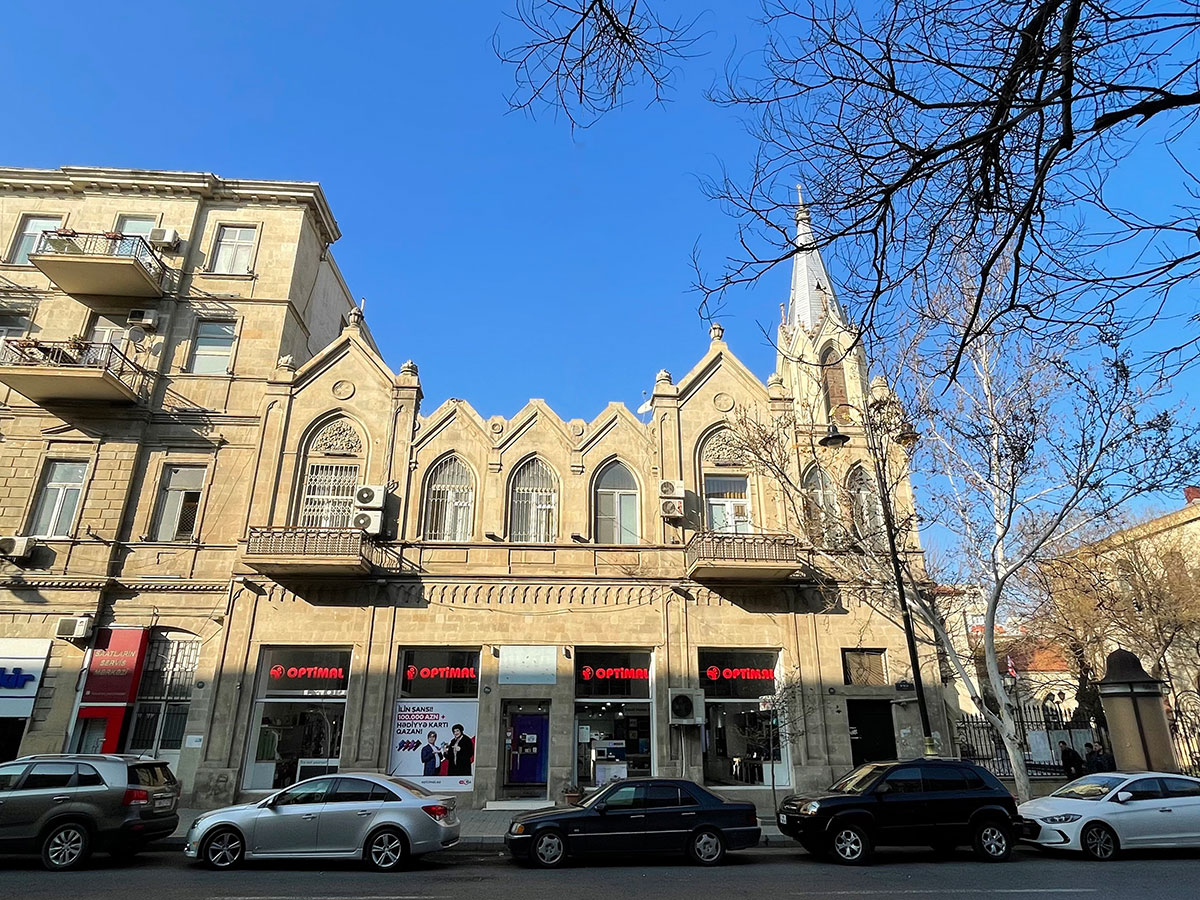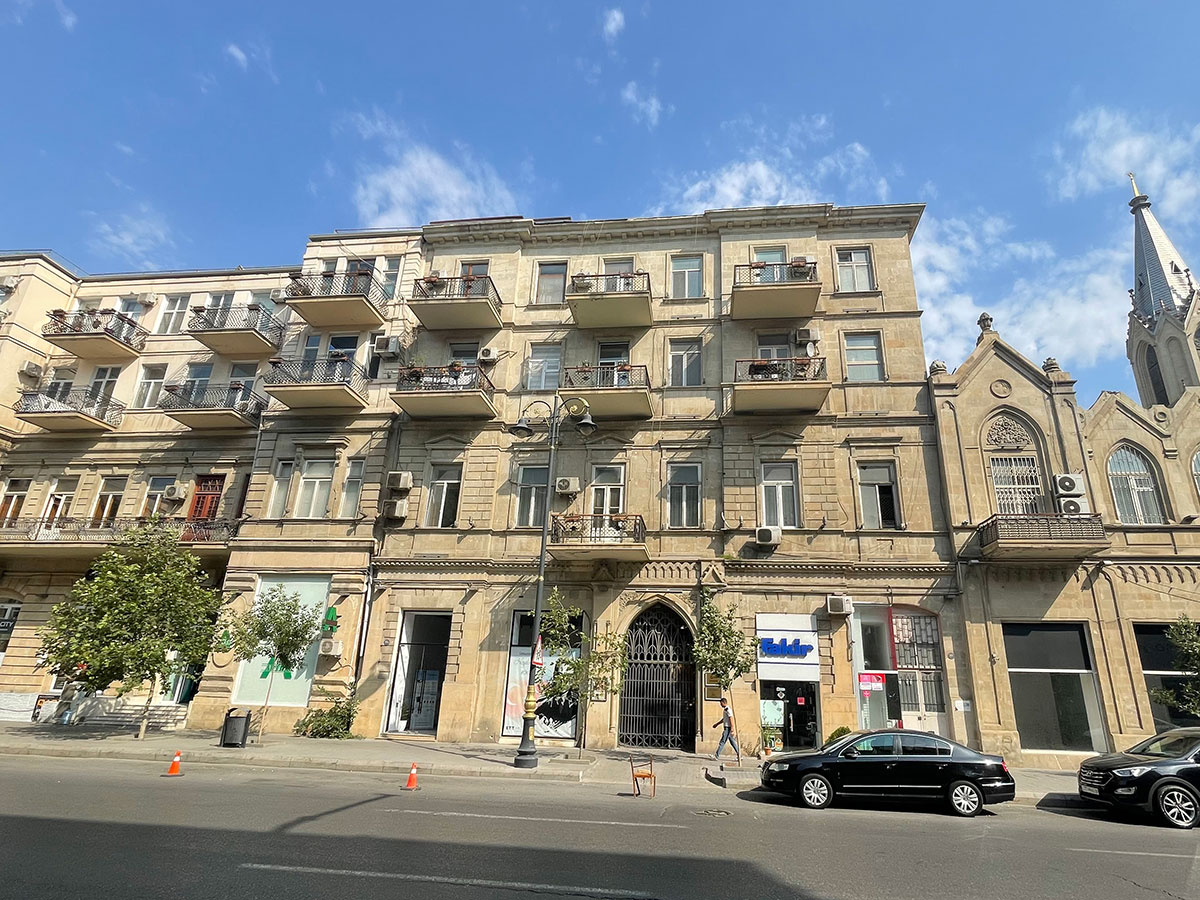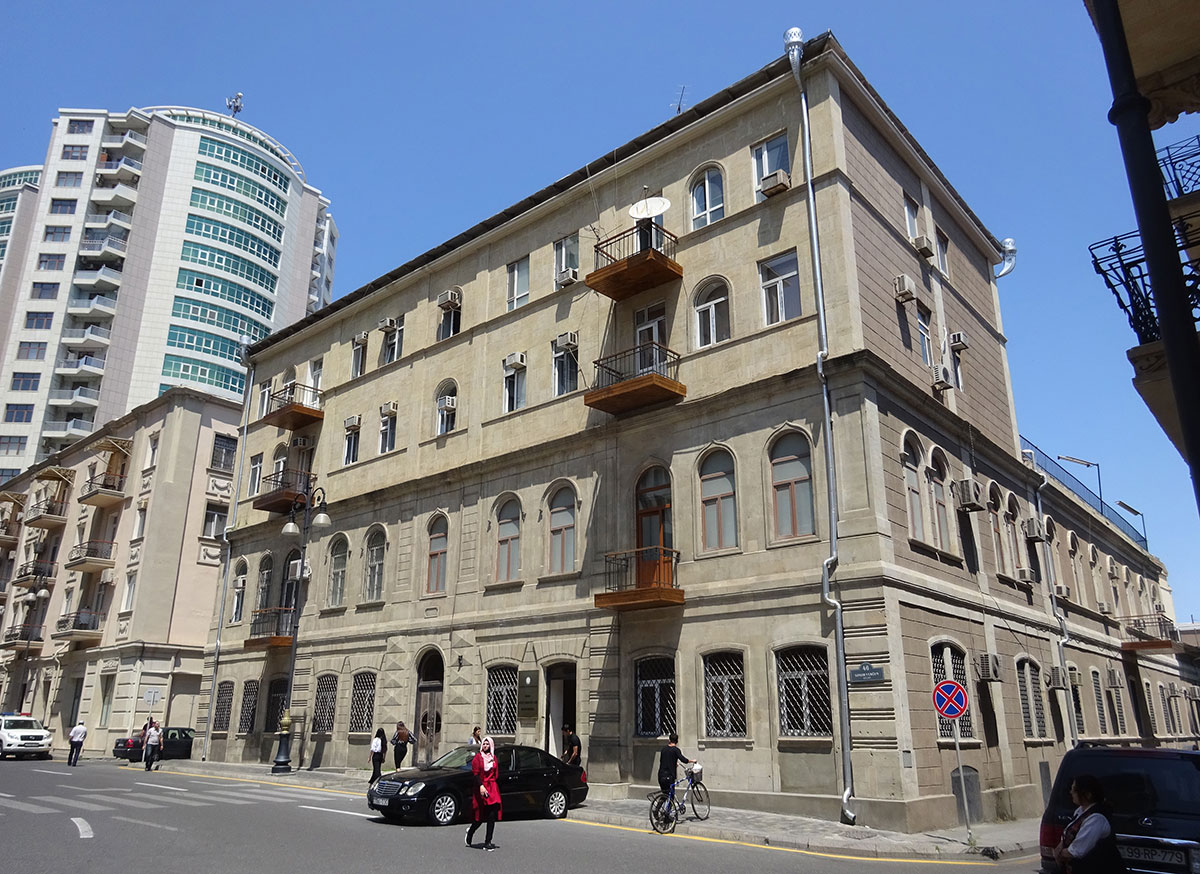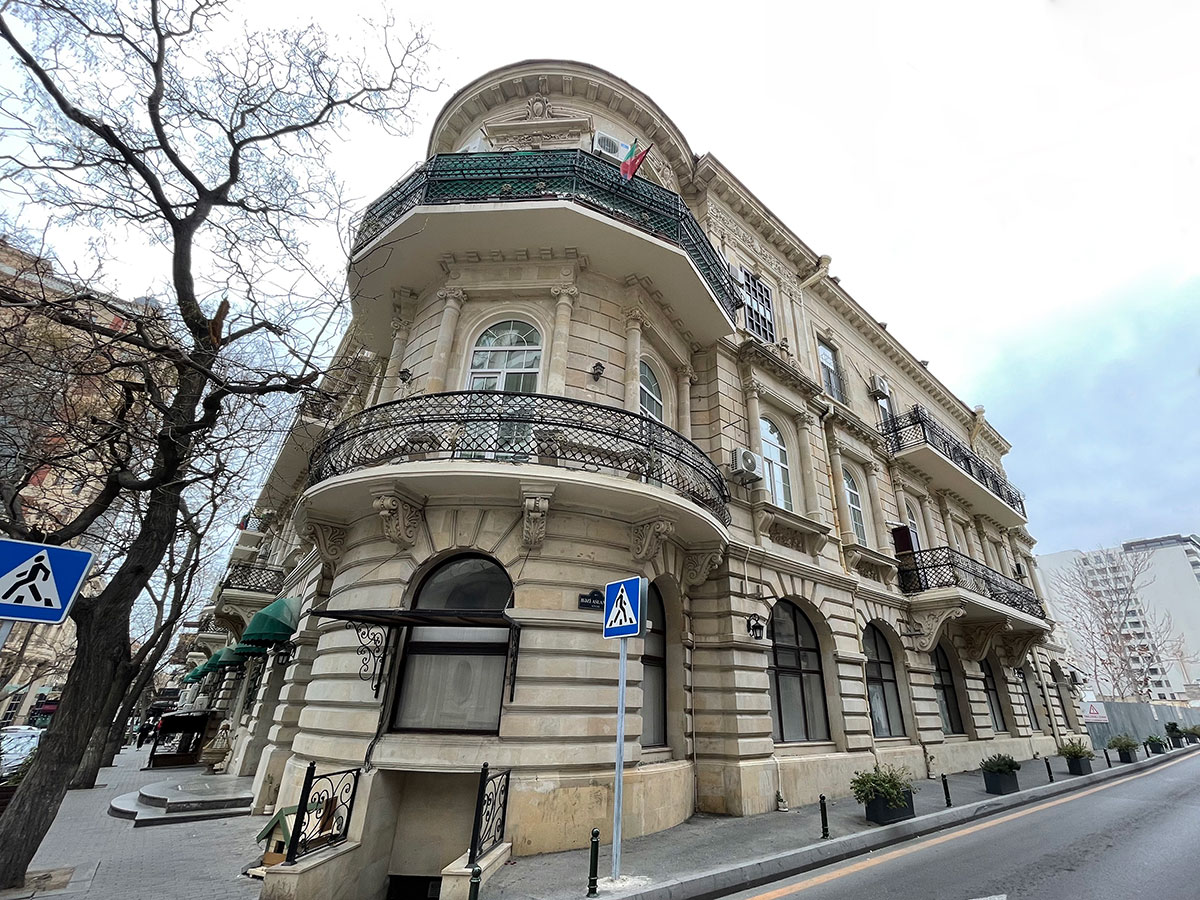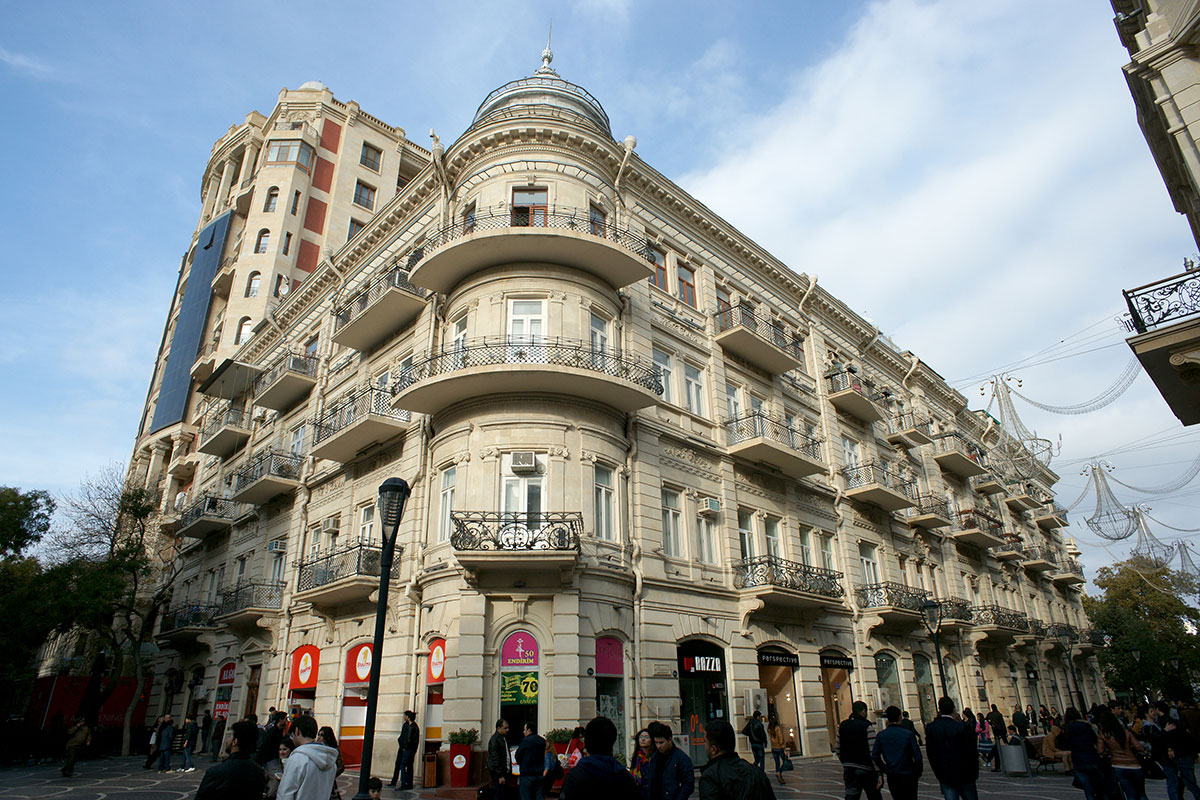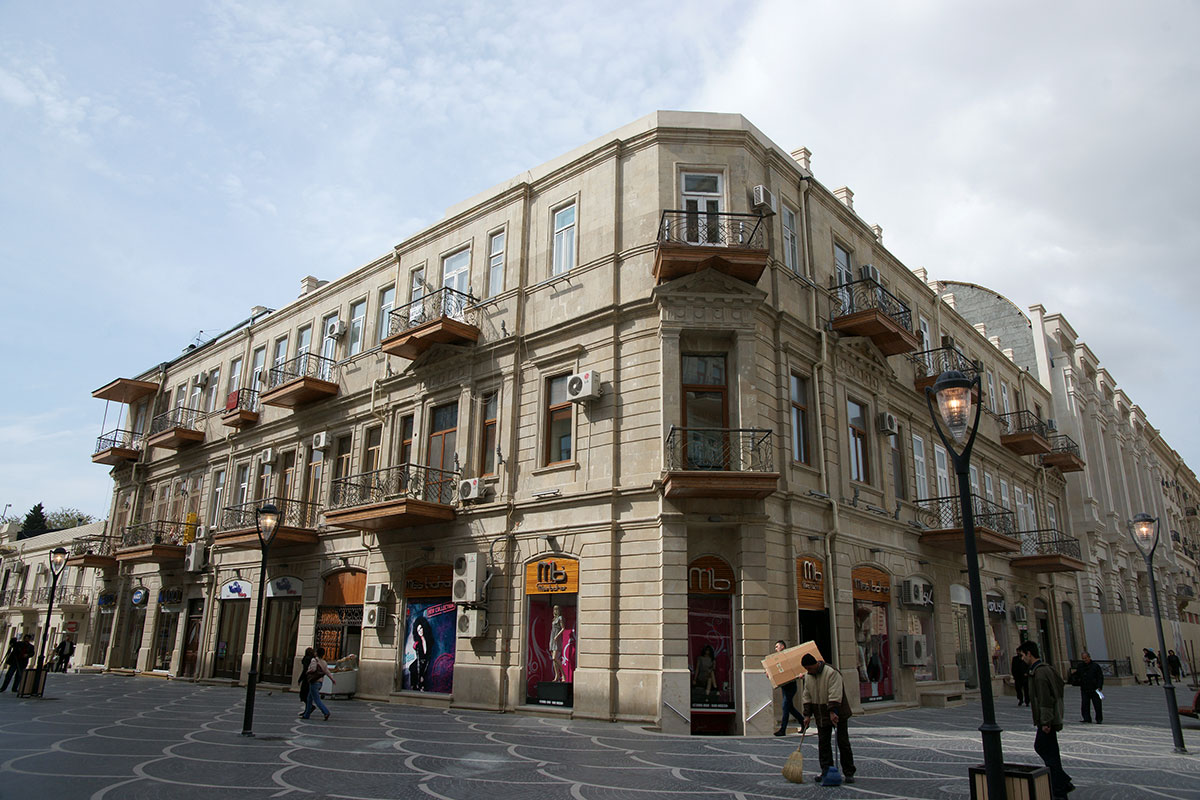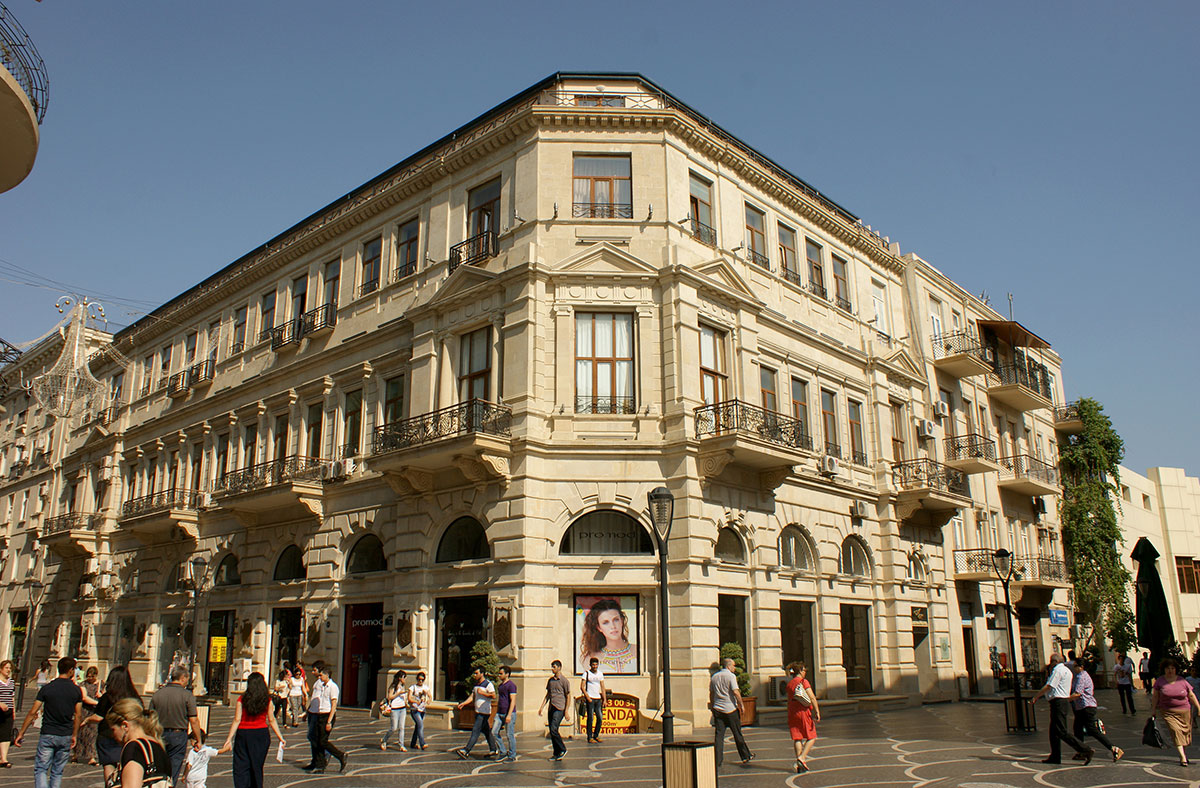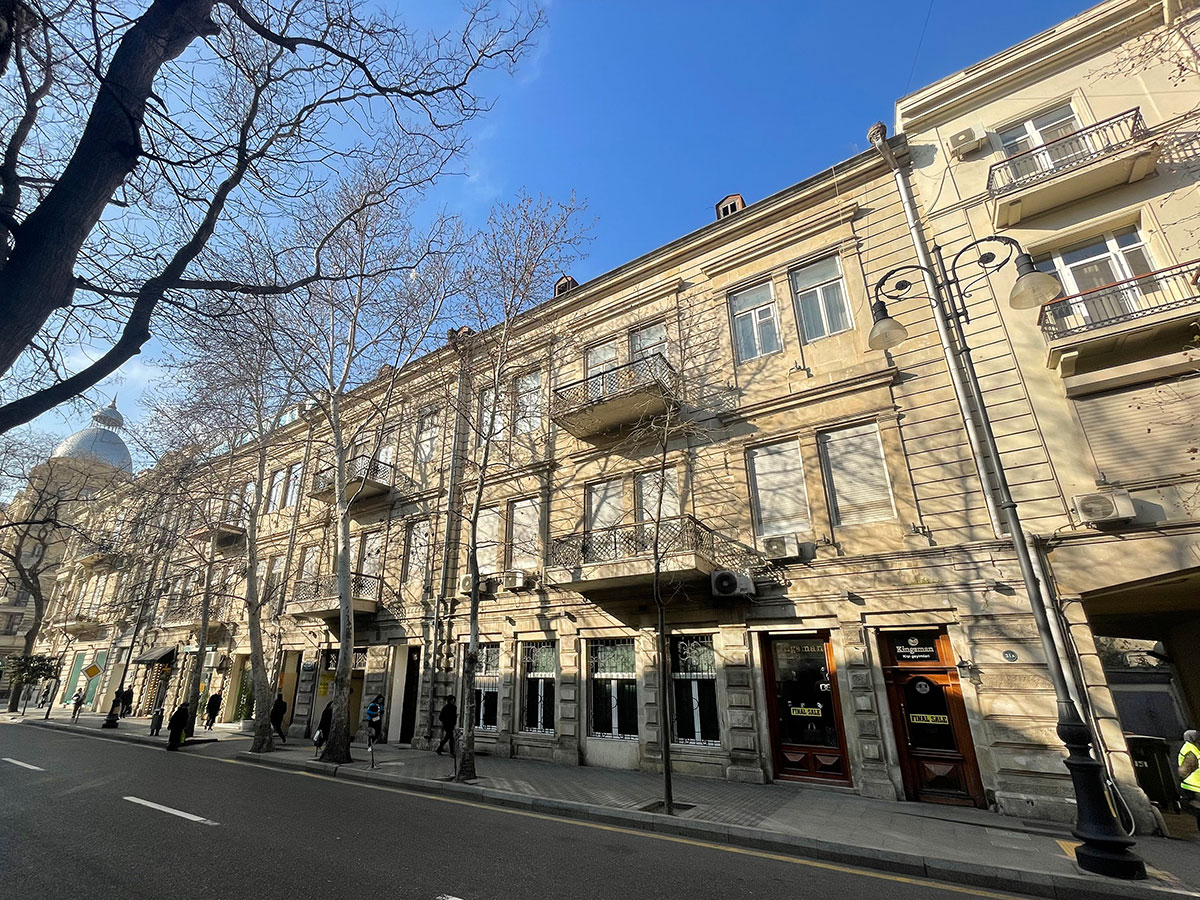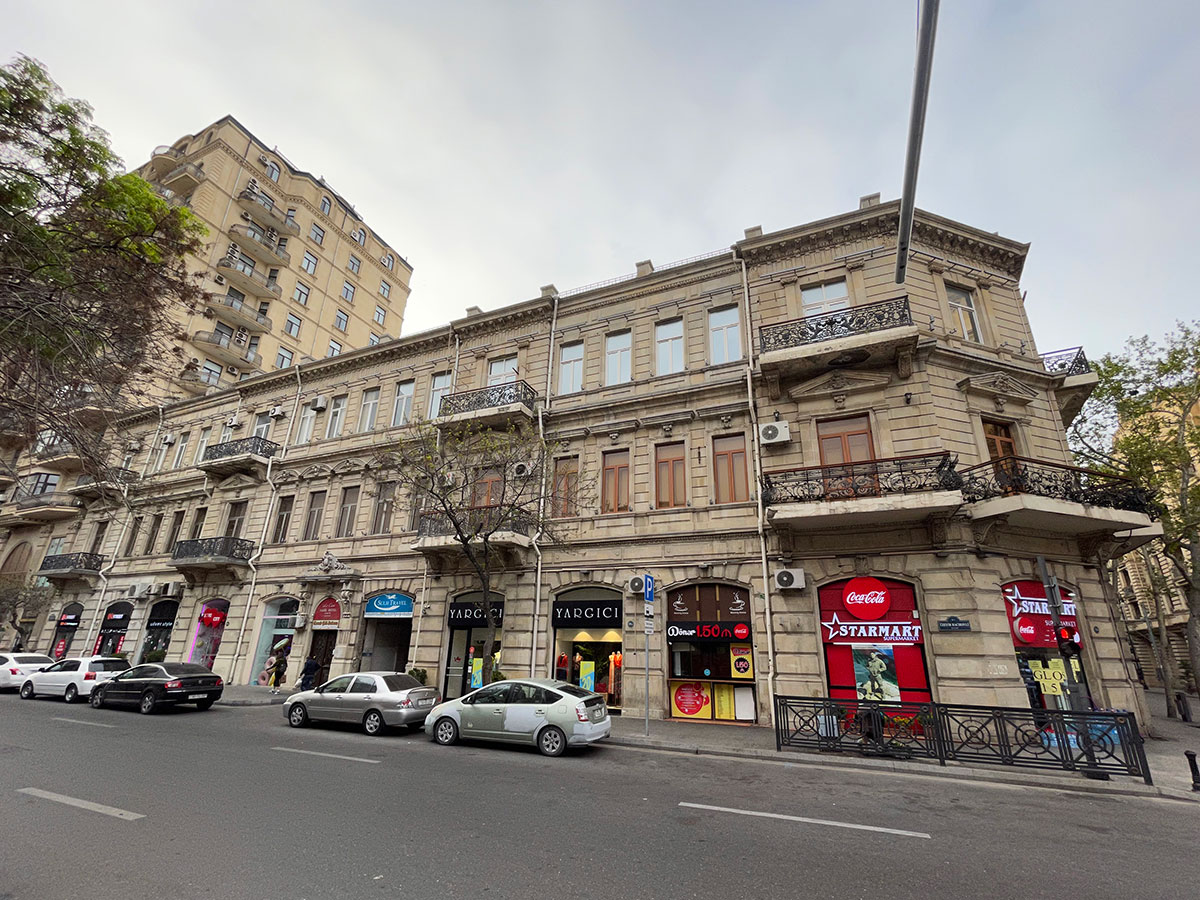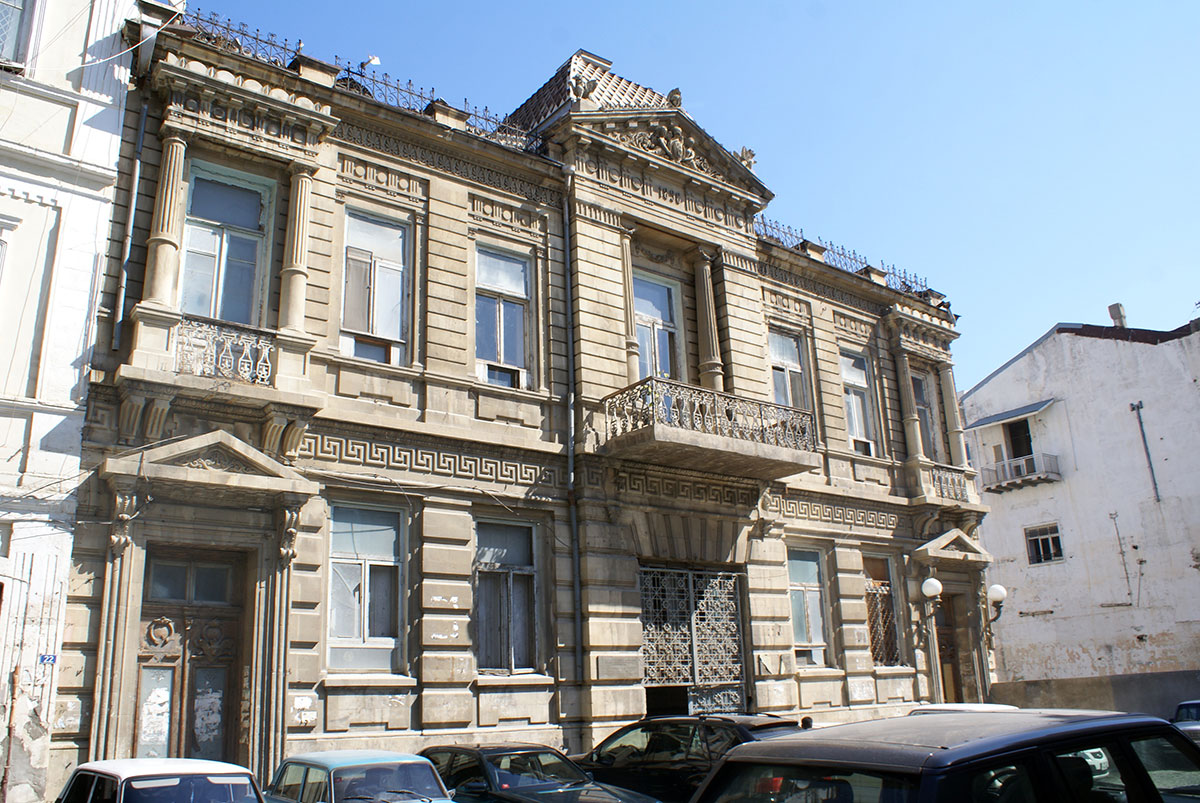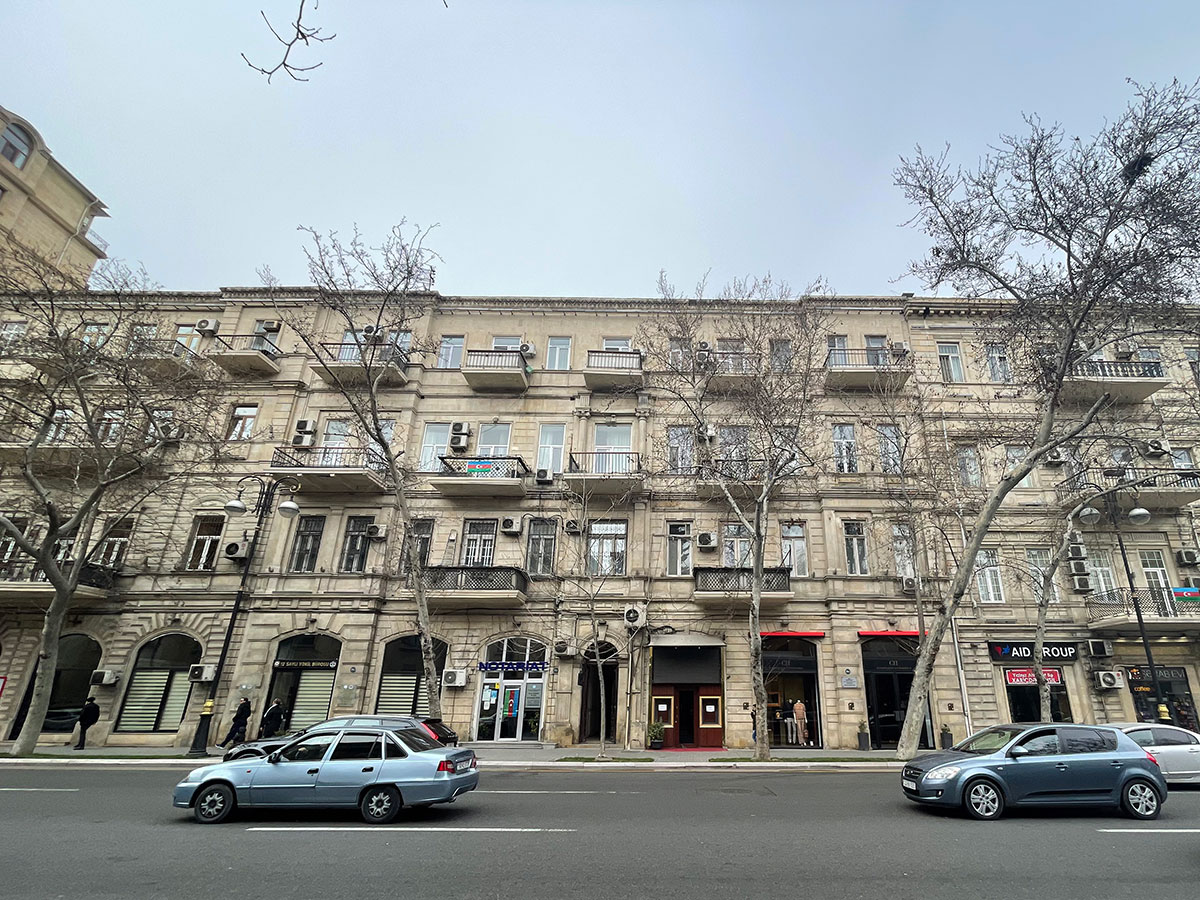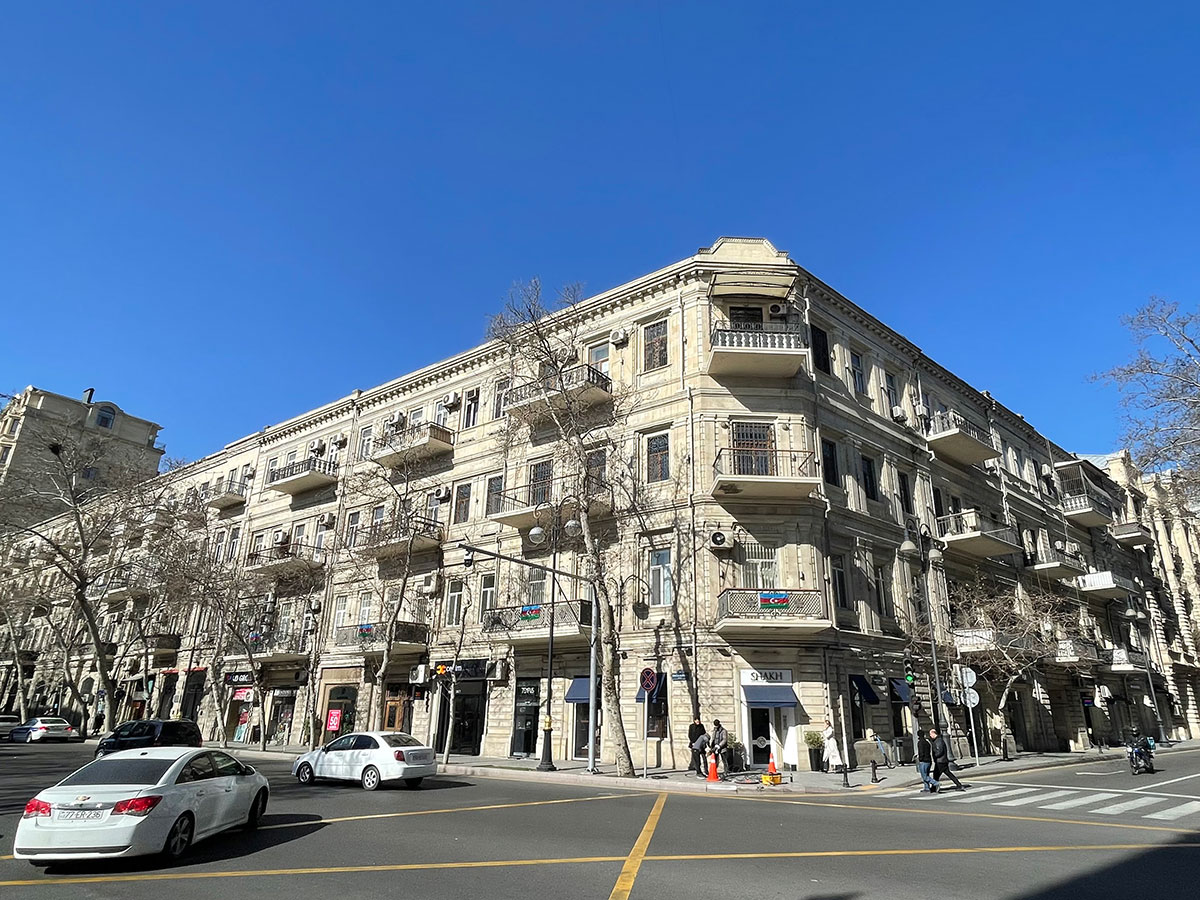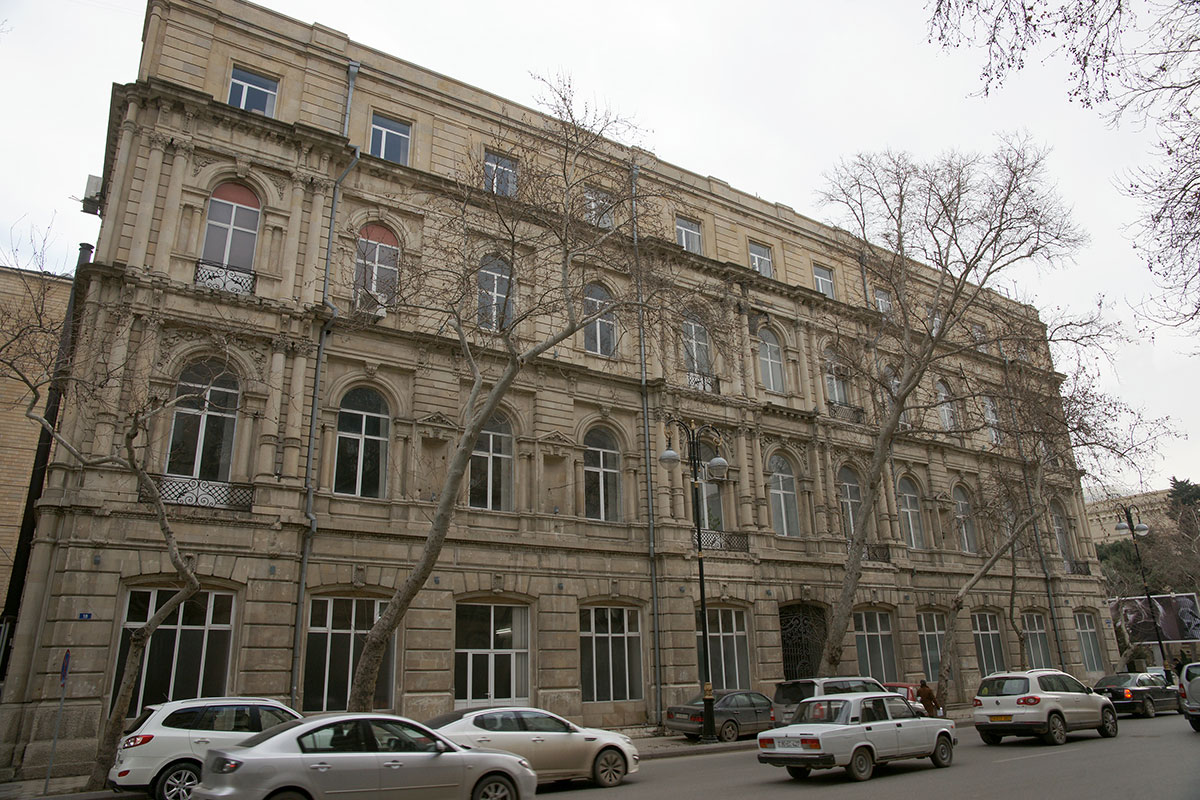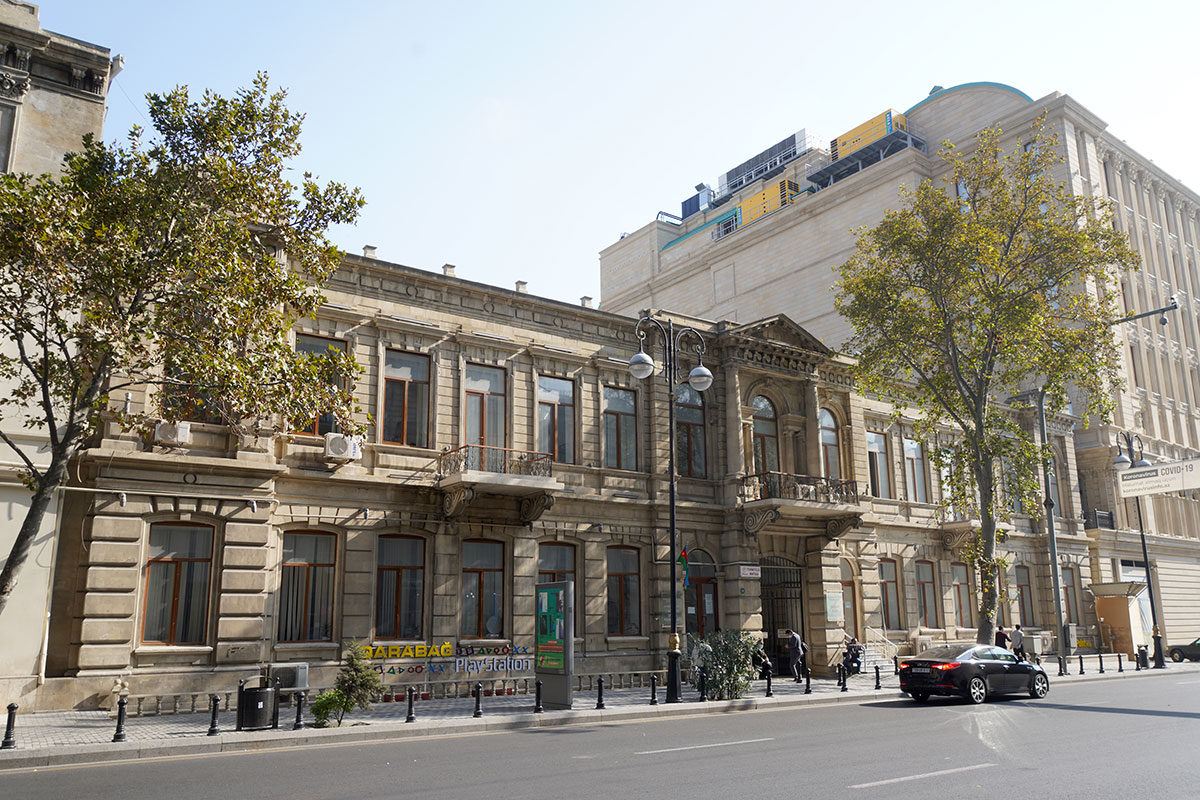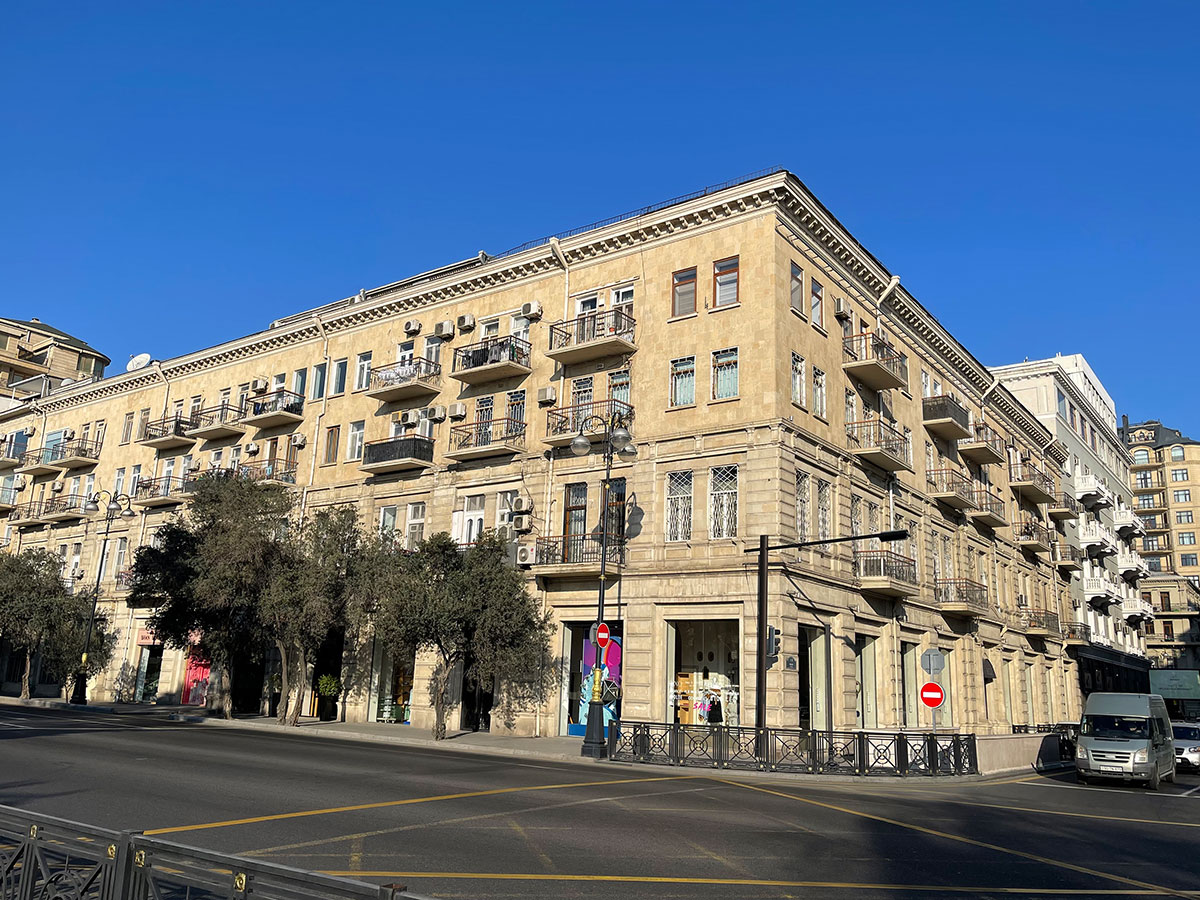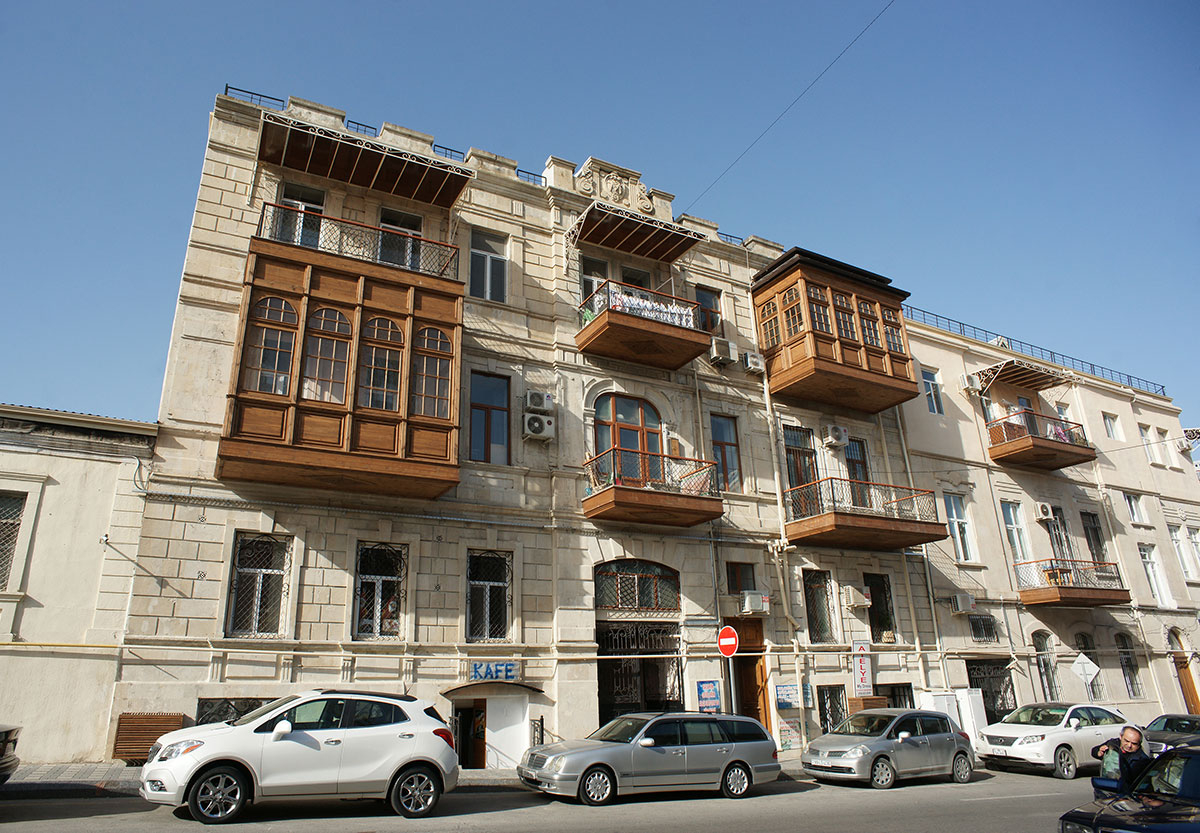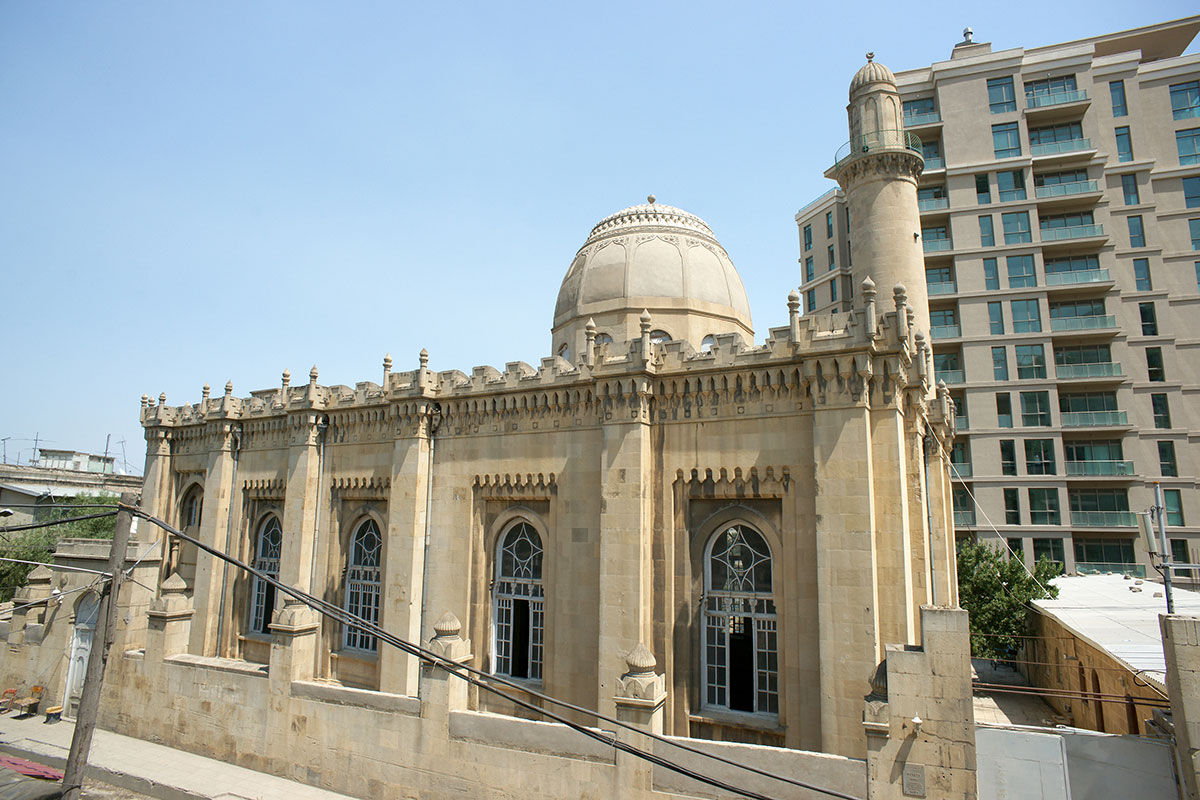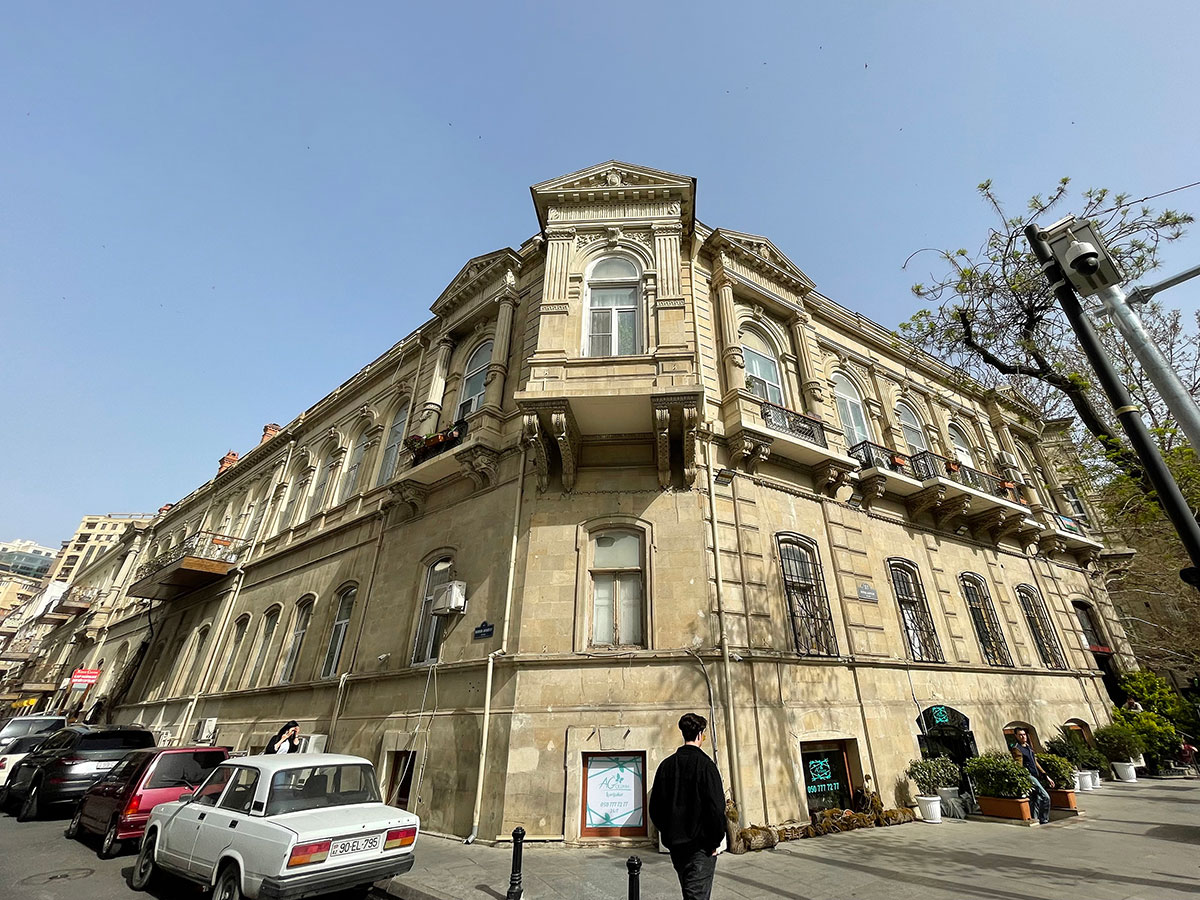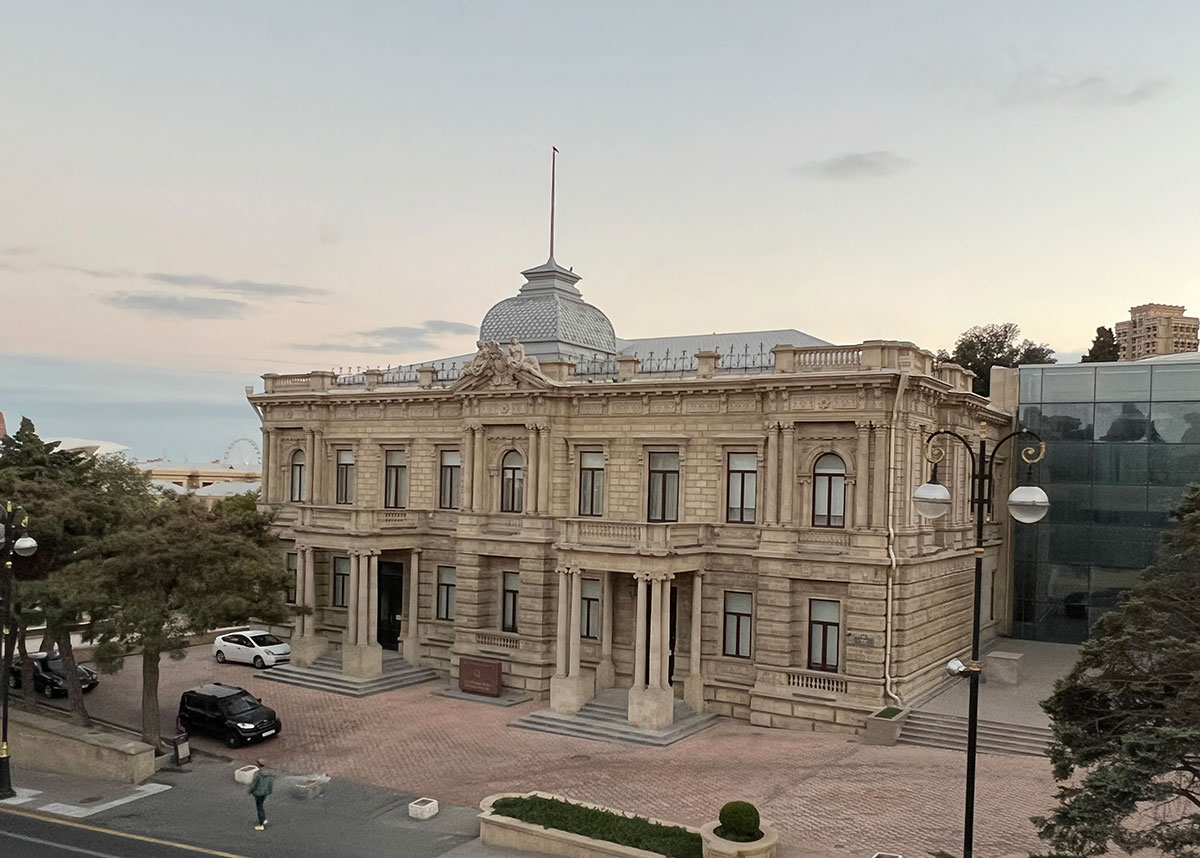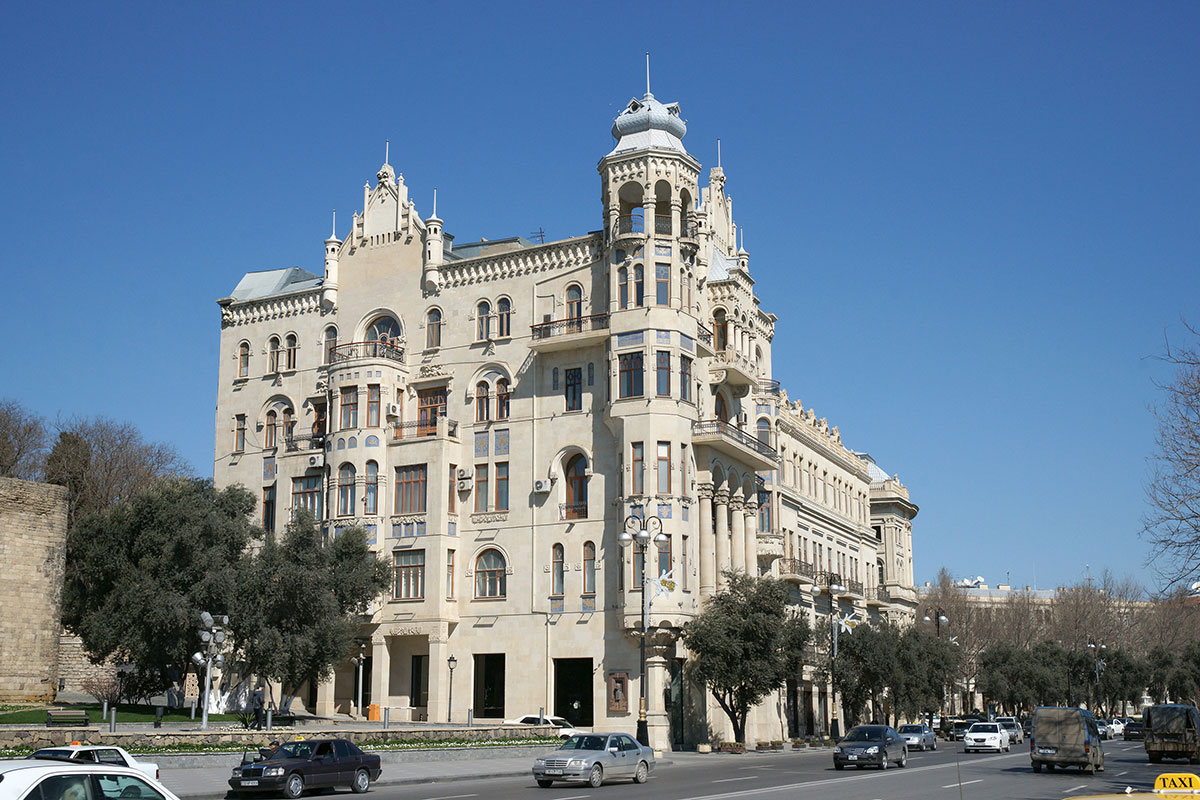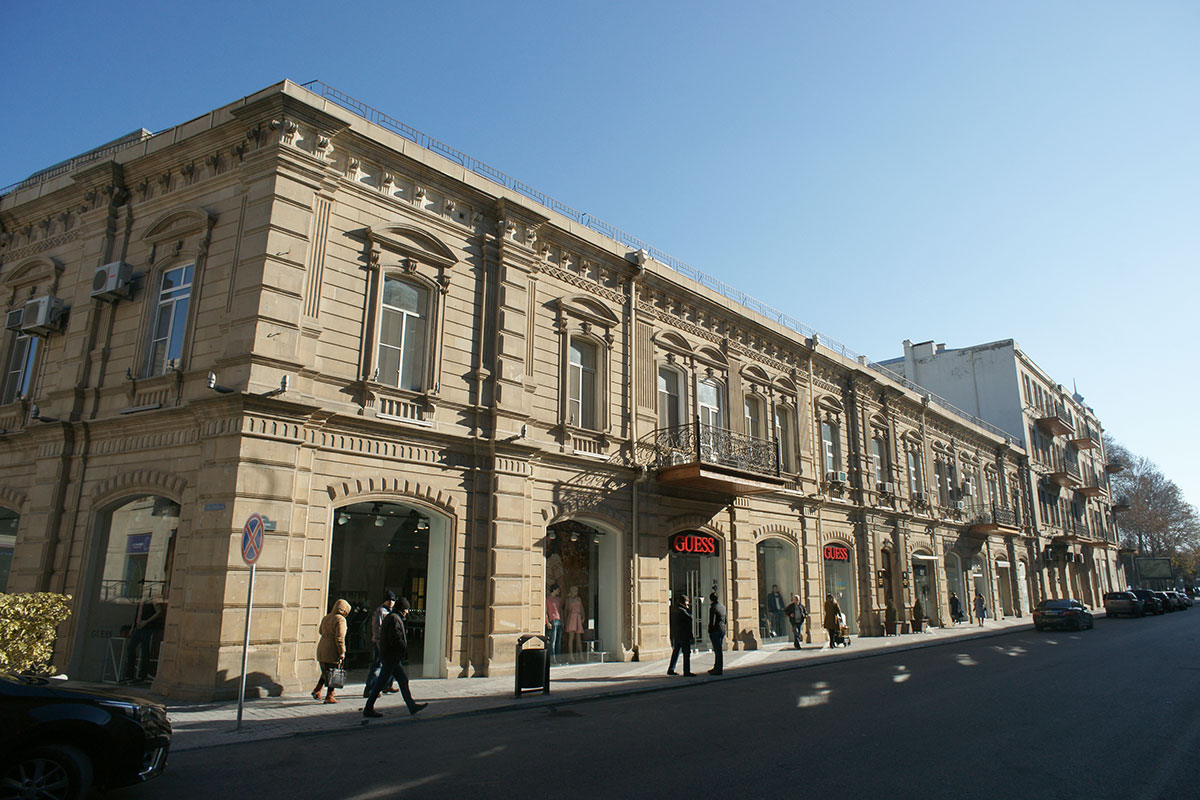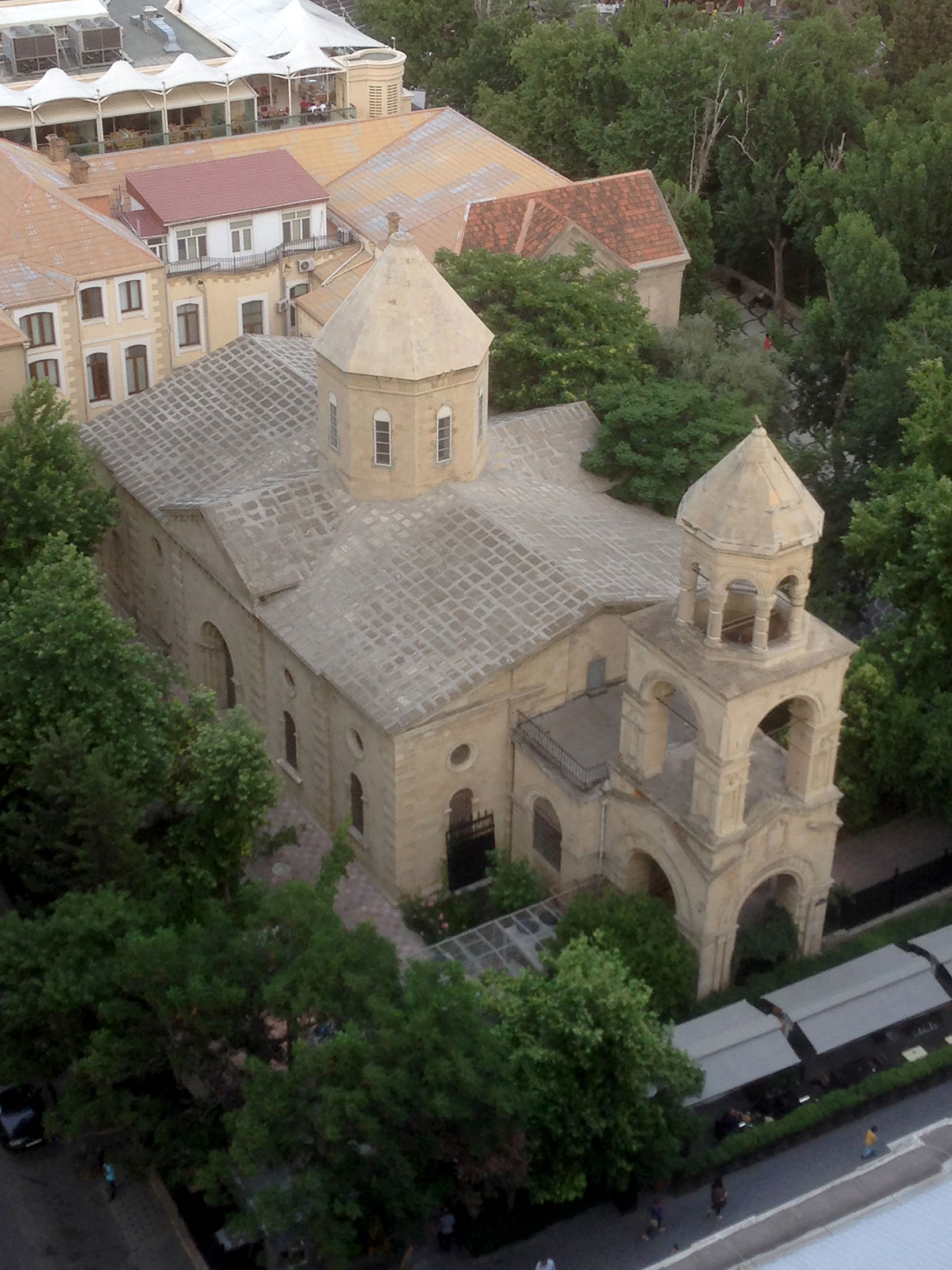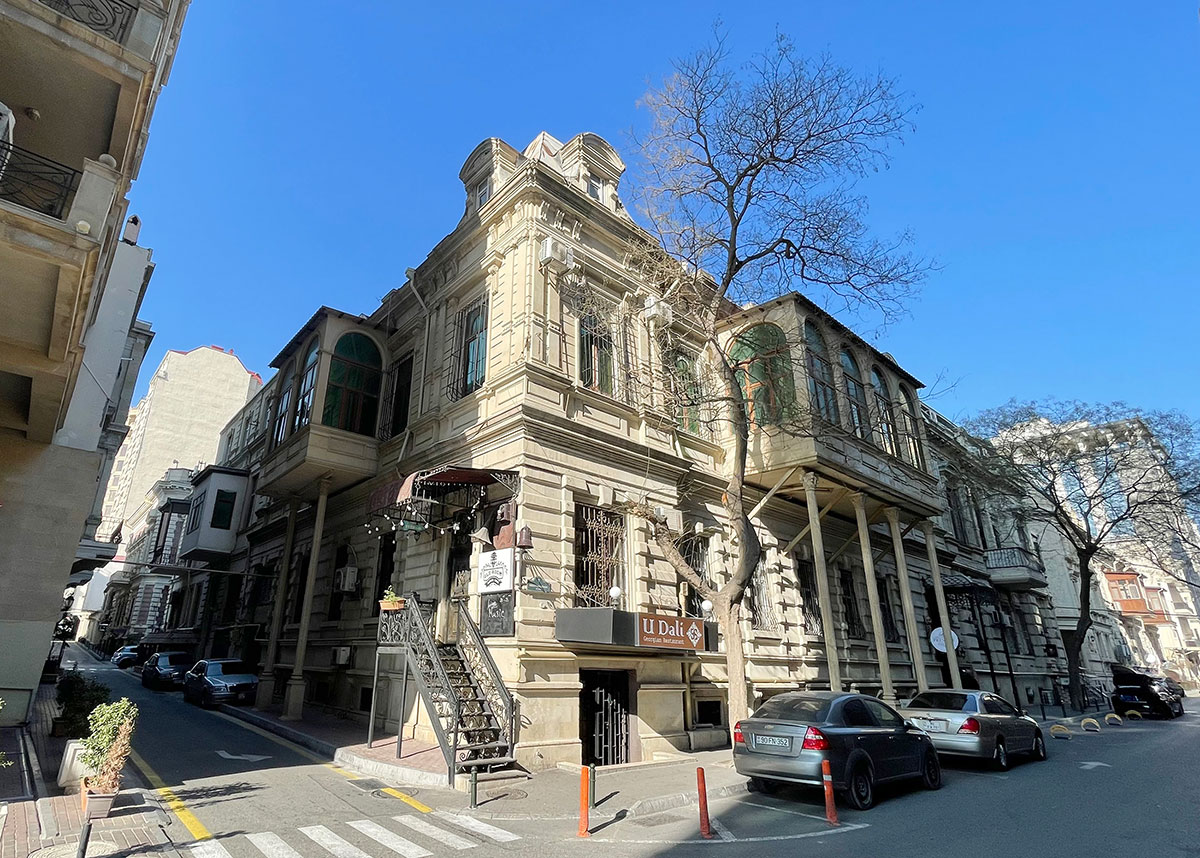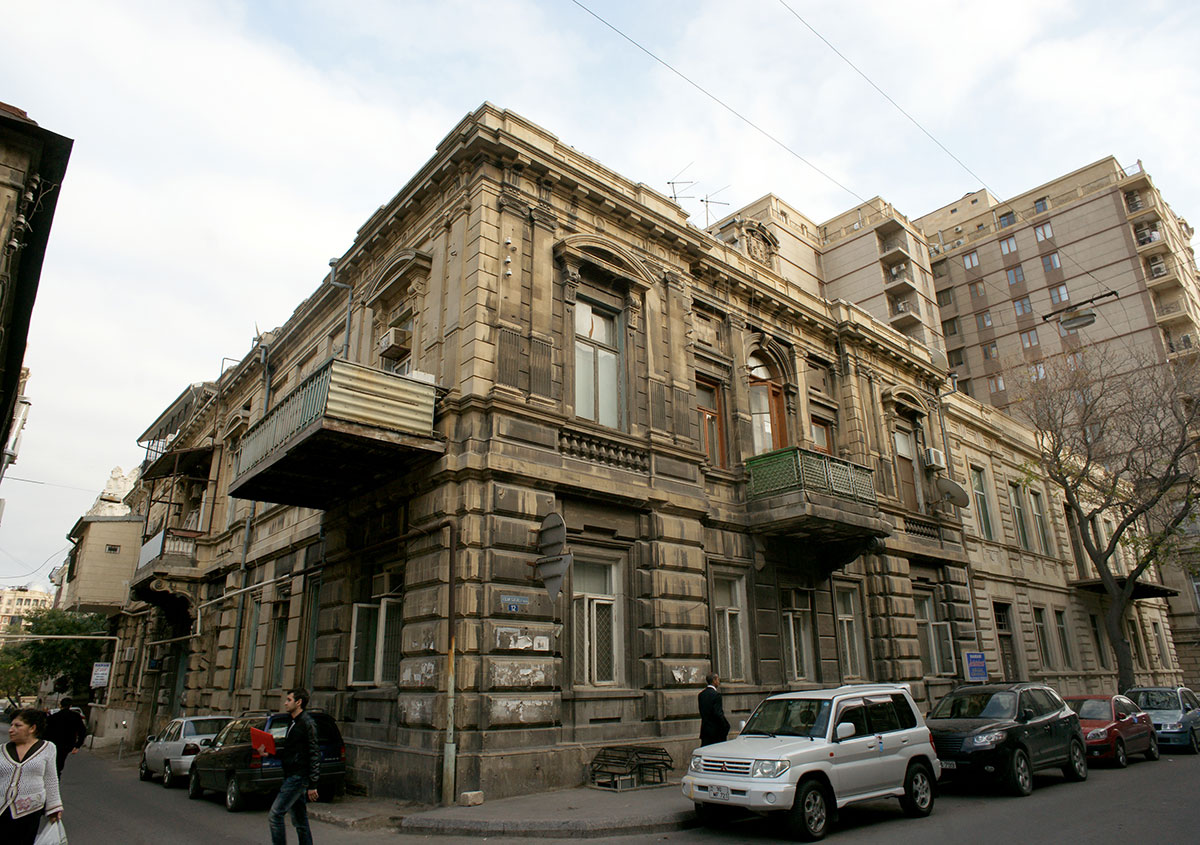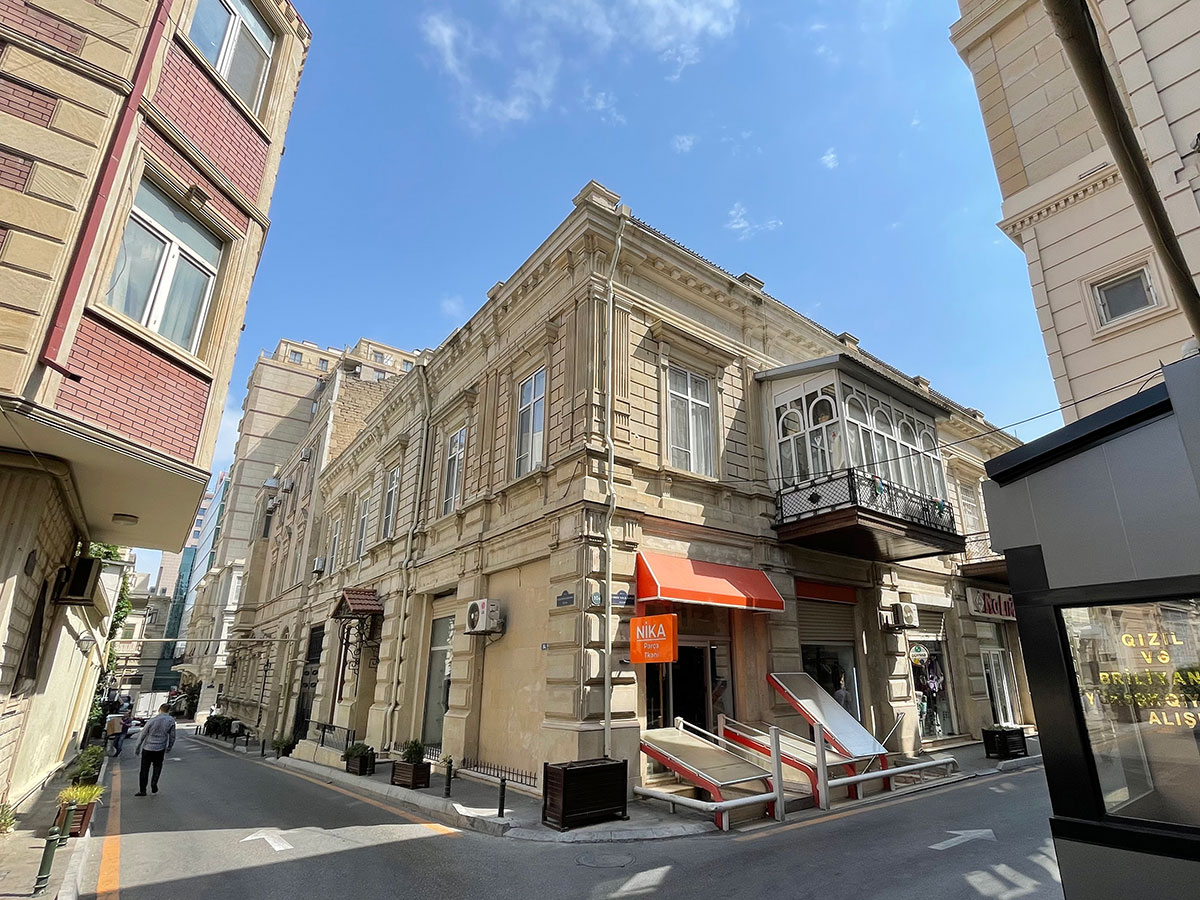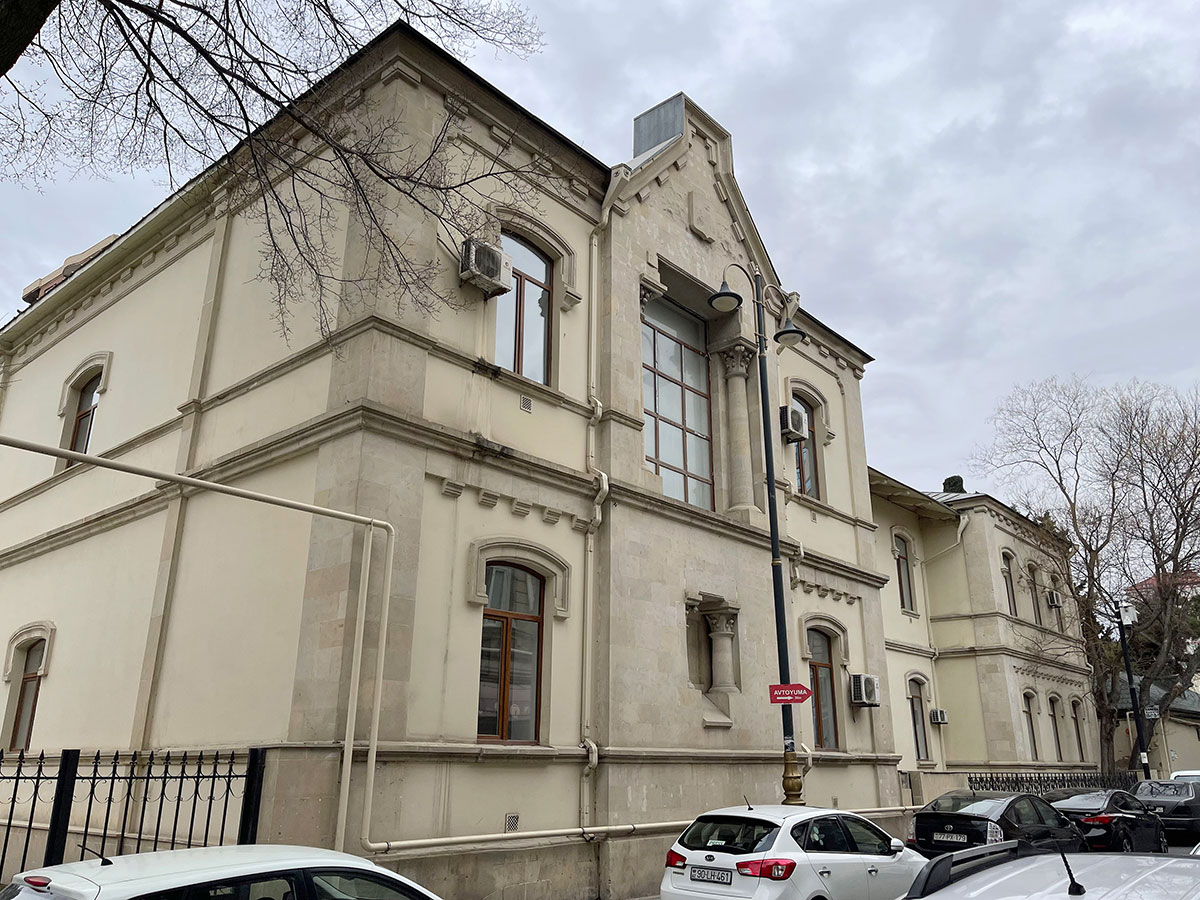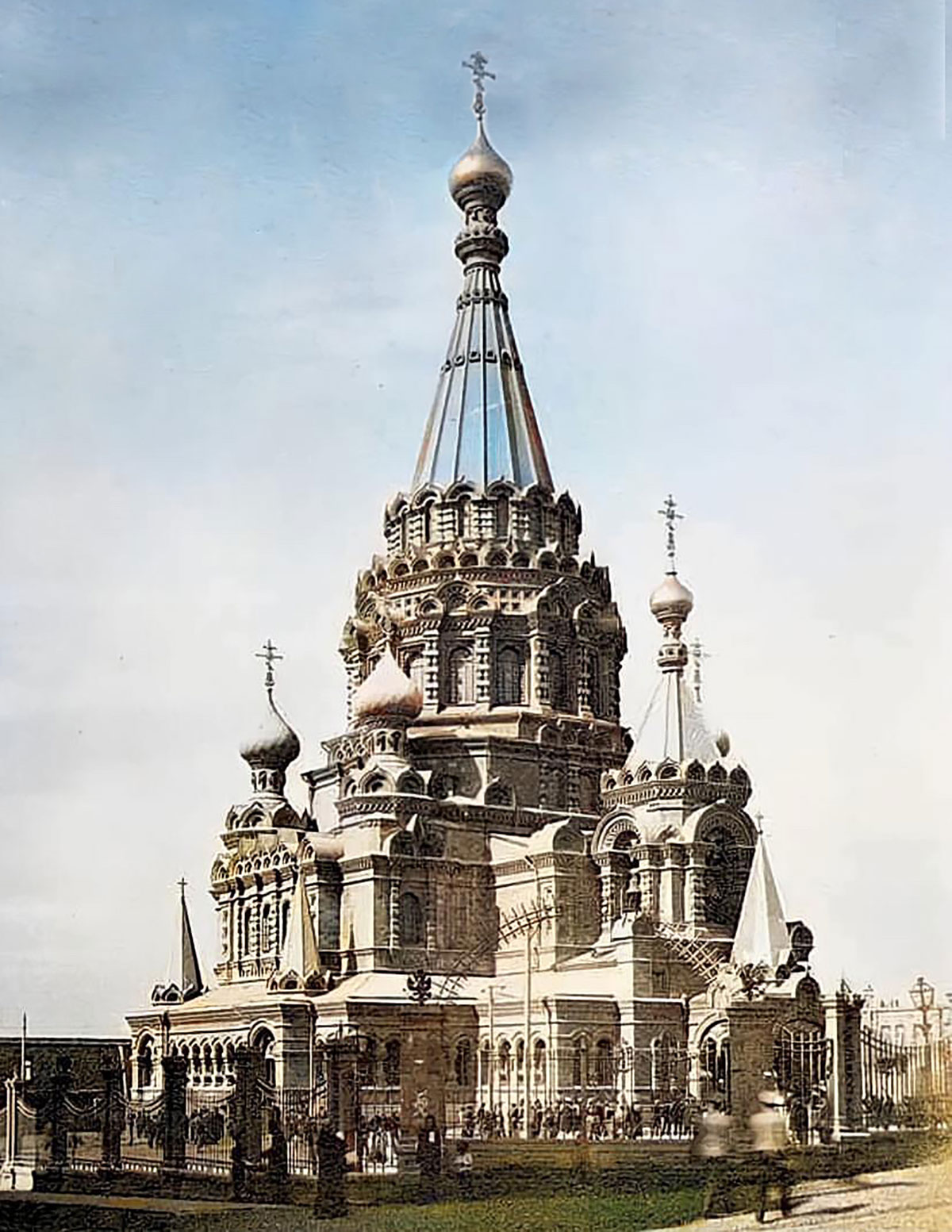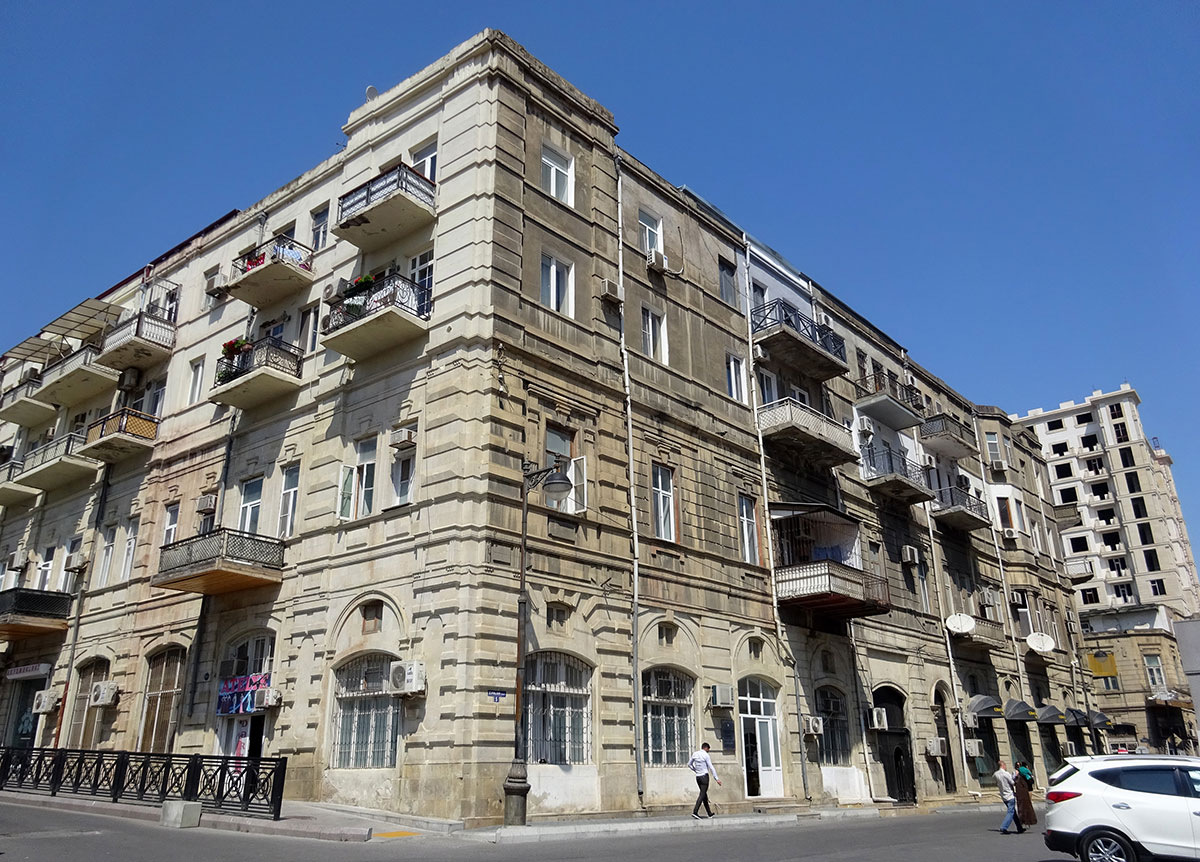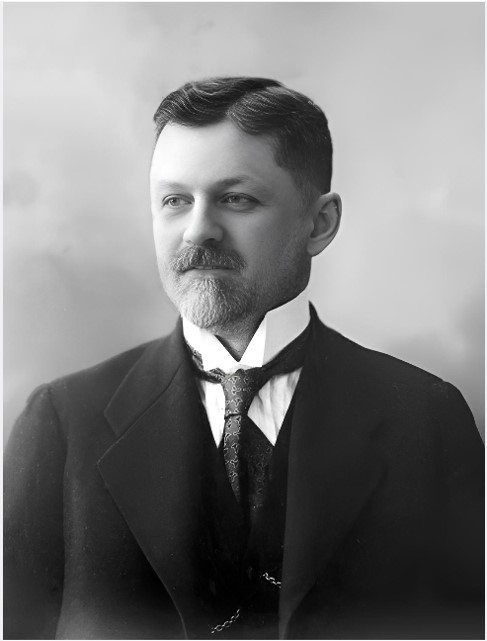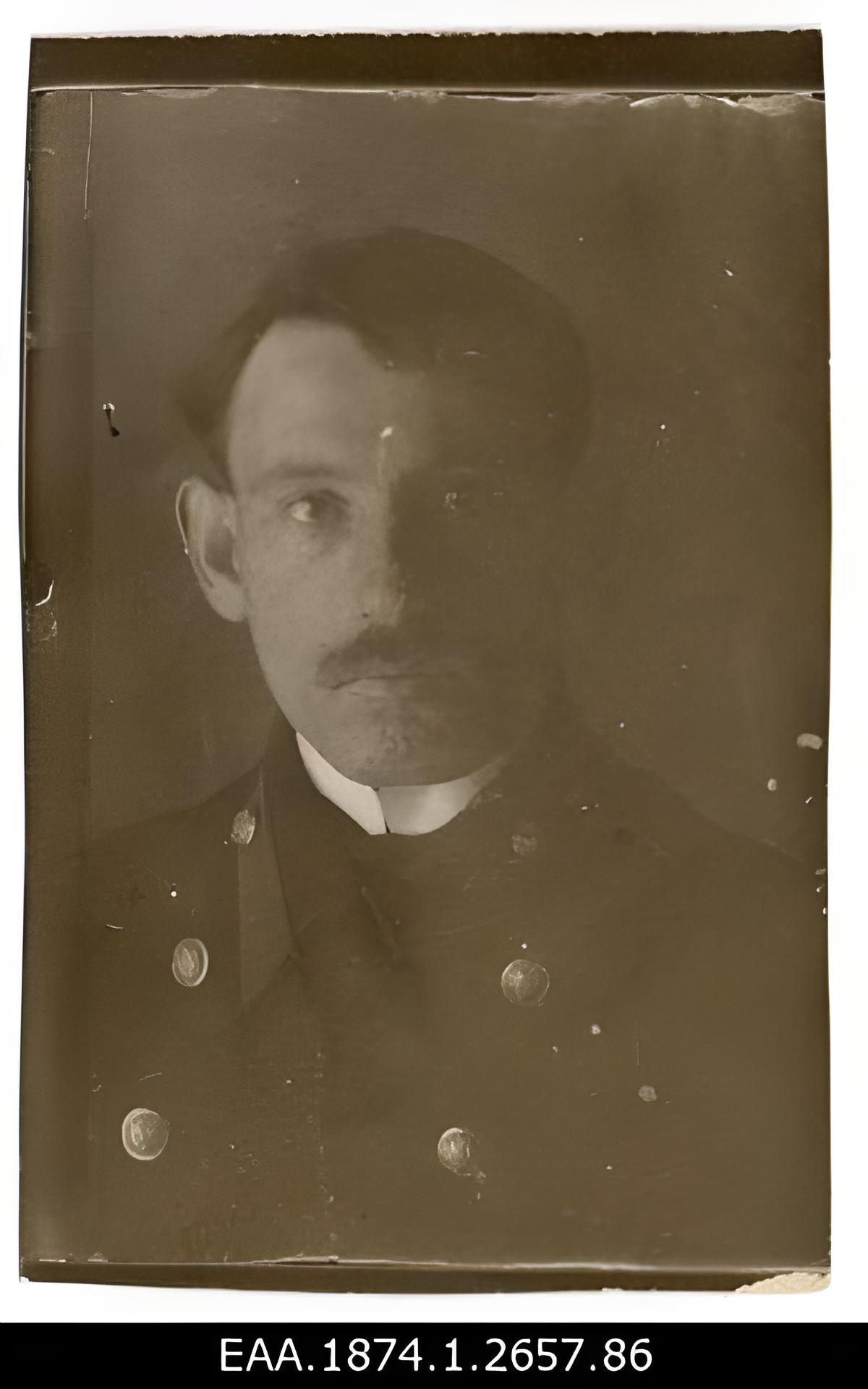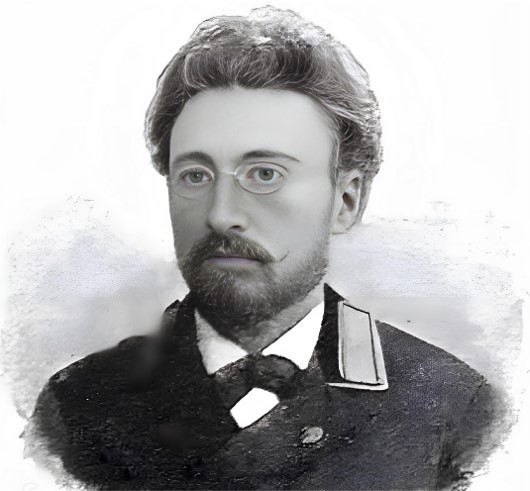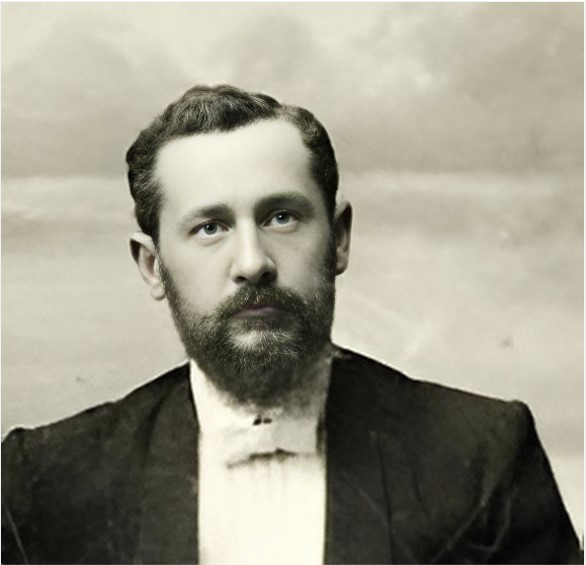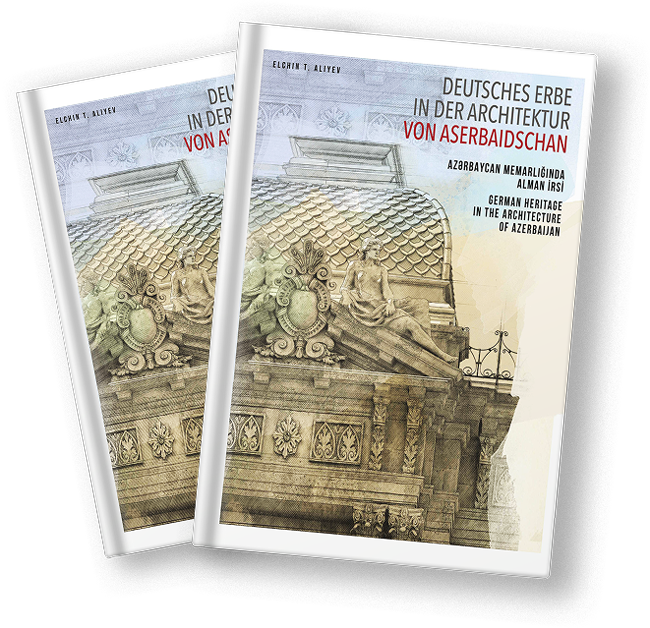Discover the German Buildings in Baku!
This app will be your guide to discovering the architectural heritage of German buildings in the beautiful city of Baku. Let’s begin!
About the project
The Germans in Azerbaijan: A history of integration and influence
The history of the German settlers is an important part of Azerbaijan's history. Historical sources prove that the first German settlers arrived in the Russian Empire as early as the beginning of the 18th century on the initiative of Emperor Peter I. At the beginning of the 19th century, under Emperor Alexander I, whose wife was of German origin, the targeted settlement of Germans began in the South Caucasus, which was newly incorporated into the Russian Empire.
Arrival and first settlements
The effects of the Napoleonic Wars were felt in many parts of Europe, especially in the Kingdom of Württemberg. The fertile soils of the South Caucasus appeared to be a promising new home. The first German settlers arrived in autumn 1817 and founded the colony of Marienfeld. As early as 1819, a group of settlers approached General Alexei Yermolov, the Russian governor of the Caucasus, with a request to be allowed to settle near the town of Ganja. This request was granted, and in the same year the colony of Helenendorf (today Göygöl) was founded on the site of a destroyed village on the banks of the Ganjachay River. Annenfeld (now Shamkir) and other settlements, including Georgsfeld, Aleksejewka, Elisawetinka and Traubenfeld, were founded later.
From the very beginning, the German settlers were received with openness and support by the Azerbaijani population. This mutual acceptance promoted harmonious coexistence.
Contribution to economic development
The German settlers were active in numerous areas and contributed their expertise in agriculture, science, education and healthcare. Helenendorf quickly developed into the centre of the German community and an important economic centre in the region. Wine and grain cultivation in particular flourished. The Germans also promoted silk production, tobacco growing and rice cultivation. Companies such as ‘Handelshaus Benkendorf und Co.’ were involved in the emerging oil industry in the Baku region.
The German company Siemens also played an important role: between 1864 and 1865, Siemens built the Gedabey copper smelter in Azerbaijan, built a railway in 1883 and mined cobalt in Dashkesan. Siemens also built power stations such as Bibi-Heybat in Baku.
In 1912, the first hydroelectric power plant in Azerbaijan was built in Helenendorf on the Ganjachay River. The Forer brothers were the first to introduce telephone communication in Azerbaijan.
Cultural and scientific achievements
Helenendorf was not only an economic centre, but also a cultural one. A German school was founded here as early as 1842 and construction of St John's Church began in 1854, which was consecrated in 1857. Scientists such as Jacob Hummel, Otto Wilhelm Hermann von Abich and Karl Eduard von Eichwald contributed to research into the geology and archaeology of Azerbaijan. Heinrich Friedrich Emil Lenz investigated the fluctuations of the Caspian Sea in the 1830s.
German architects also left their mark. At the end of the 19th and beginning of the 20th century, their style characterised the architectural image of Baku.Outstanding architects included Johann Wilhelm Edel, Adolf Wilhelm Eichler and Nikolaus August von der Nonne. Their works combined European styles with local architectural elements. Under their direction, numerous residential and public buildings, churches and industrial facilities were built in Baku.
Fate of the Germans in Azerbaijan
The situation of the Germans in Azerbaijan worsened with the First World War. In 1914, the tsarist government banned German citizens from owning land. After the collapse of the Russian Empire in 1917, the German settlers experienced a brief period of recovery. The newly founded Democratic Republic of Azerbaijan (1918-1920) guaranteed civil rights and a seat in parliament for the German community. Lorenz Kuhn, head of the German community of Helenendorf, was elected as their representative in parliament.
The Soviet takeover in 1920 brought renewed uncertainty. Political repression against the Germans escalated in the 1930s. Helenendorf was renamed Khanlar in 1938. With the outbreak of the Second World War in 1941, Stalin ordered the deportation of the German population to Central Asia. Almost 25,000 Germans from Azerbaijan were forcibly expelled to the steppes and deserts of Kazakhstan.
Remembrance and current significance
Although eight decades have passed, the German legacy remains alive in Azerbaijan. The Germans left a lasting memory of their hard work, decency and cultural heritage. Azerbaijan is known for its tolerance and is actively committed to preserving the historical and cultural monuments from the German settlement period. The town of Göygöl, formerly Helenendorf, is regarded as a symbol of Azerbaijani-German friendship. In 2008, the German church was ceremoniously reopened after extensive restoration work, financially supported by the German government.
In 2017, UNESCO celebrated the 200th anniversary of German settlement in Azerbaijan. In the same year, the German embassy published the book ‘German Heritage in the Architecture of Azerbaijan’, written by the renowned architectural historian Professor Elchin Aliyev.
Azerbaijani-German relations are based on a shared history that stretches back over two centuries. Today, cultural ties play a central role in the co-operation between the two countries and form a solid foundation for the future.
What features does the app offer?
The German Heritage Baku app provides an interactive map to help you discover German buildings in Baku and learn about their history.
Explore Buildings
Architects
German Heritage in Azerbaijan Architecture
Dear reader, preserving, documenting, inviting people to engage with their history and identity - this is the goal of the "Culture preservation program" of the German Ministry of Foreign Affairs. With the book dedicated to German architecture in Azerbaijan created within the framework of that program, we invite you to do just that.

Elchin Tofig oglu Aliyev
Elchin Tofig oglu Aliyev was born on September 18, 1967 in Baku. In 1989 he graduated from the Faculty of Architecture of the Azerbaijan Institute of Engineering and Construction. He completed an internship at the SVST (Slovak Technical University, Bratislava).
Frequently Asked Questions (FAQ)
In the FAQ section, you will find key information and important steps to start using the app easily.
The app has a simple and user-friendly interface. Just download it, search for the desired building or architect, and access the information. You can also use the map to locate buildings and contact us directly.
German architects worked in a European style but incorporated local architectural elements to harmonize with Baku’s urban landscape. Their works are distinguished by aesthetic beauty, functionality, and originality.
Some of the prominent German architects who played a key role in shaping Baku’s architecture include:
- Johann Edel
- Adolf Eichler
- Nikolay Von Der Nonne
- Carl and Otto Hippius
- Gut Fortunat
- Ferdinand Lemkul
- Robert Marfeld
- Leopold Bilfeld
- Paul Stern
- Ditrich Tissen
- Vladimir Somonson
- Franz Grosetti
- Adolf Von Skoyan, and many others.
They designed numerous residential buildings, industrial facilities, bridges, churches, mosques, and other structures.
The application provides:
- Details about historical buildings designed by German architects.
- Information about the architects and their work in Baku.
- Exact locations of the buildings on the map.
- Contact information to reach us within the app.
German Heritage Baku is a guide application that allows you to explore more than 50 architectural masterpieces built by German architects in Baku. You can learn the history of each building, get information about the architects, and find their exact locations on the map.
Yes, the application is completely free and available for all users.
If you encounter any technical problems, please use the contact section within the app to reach us. Our team will assist you as soon as possible.
Scan the QR and download now!
German Heritage Baku

